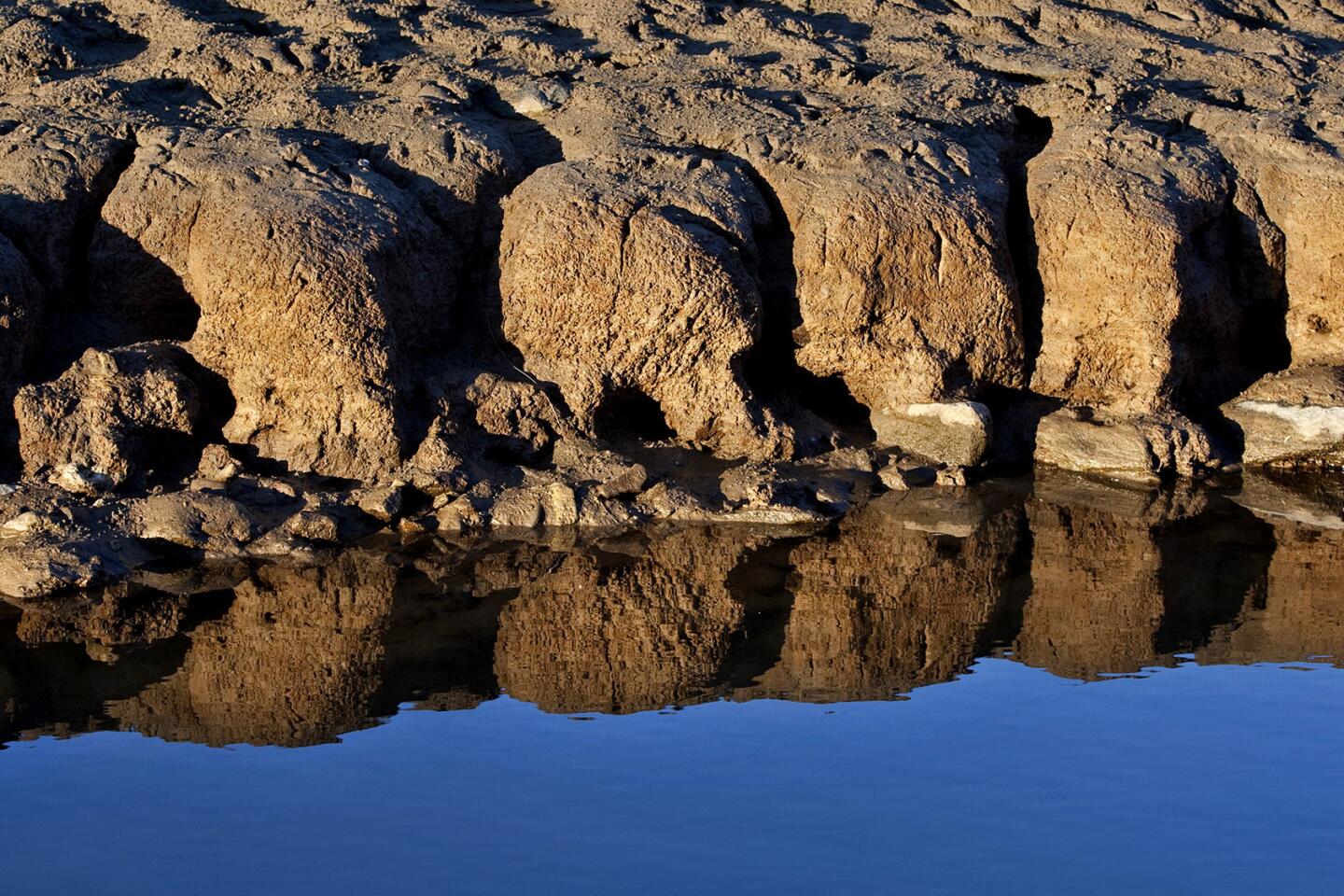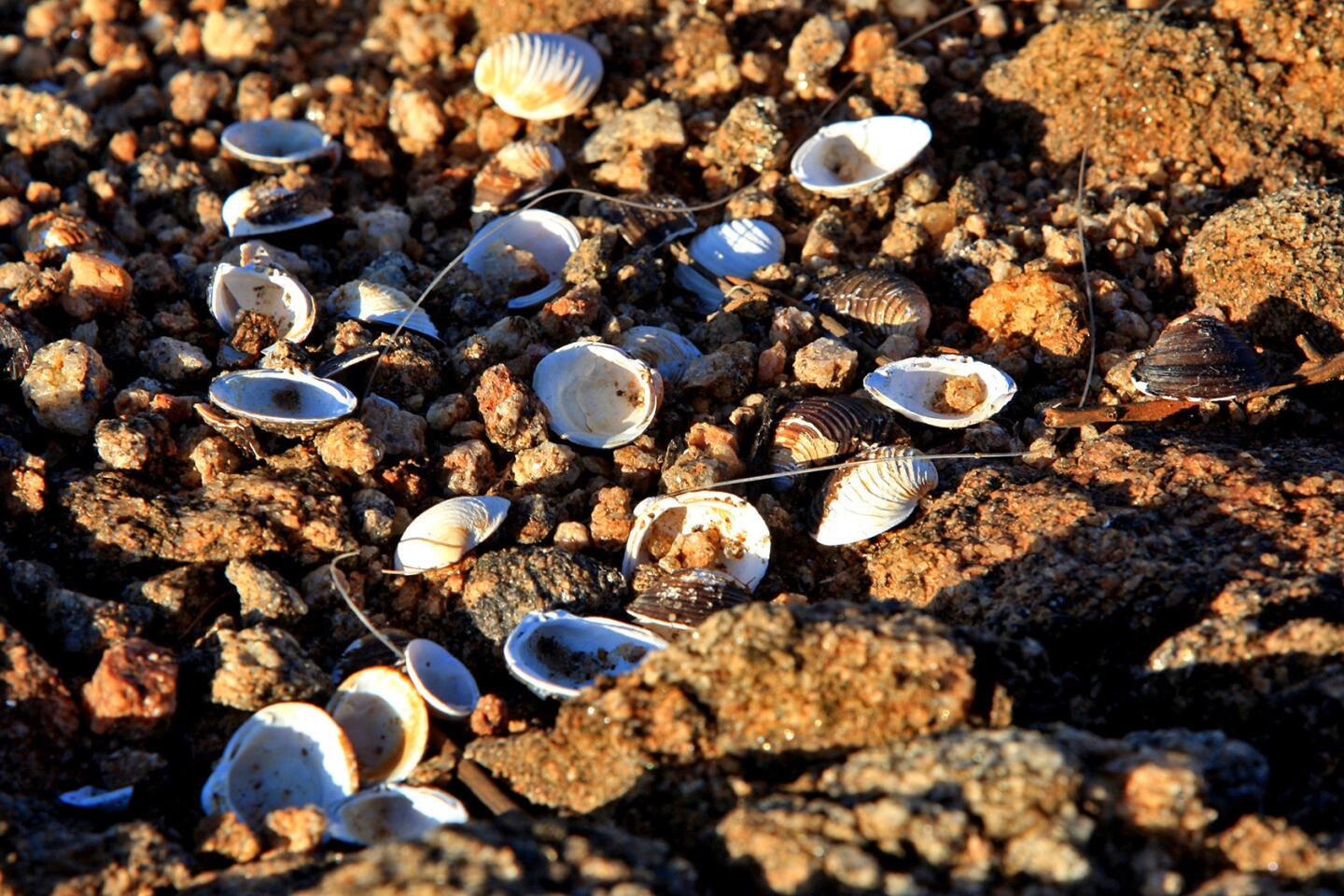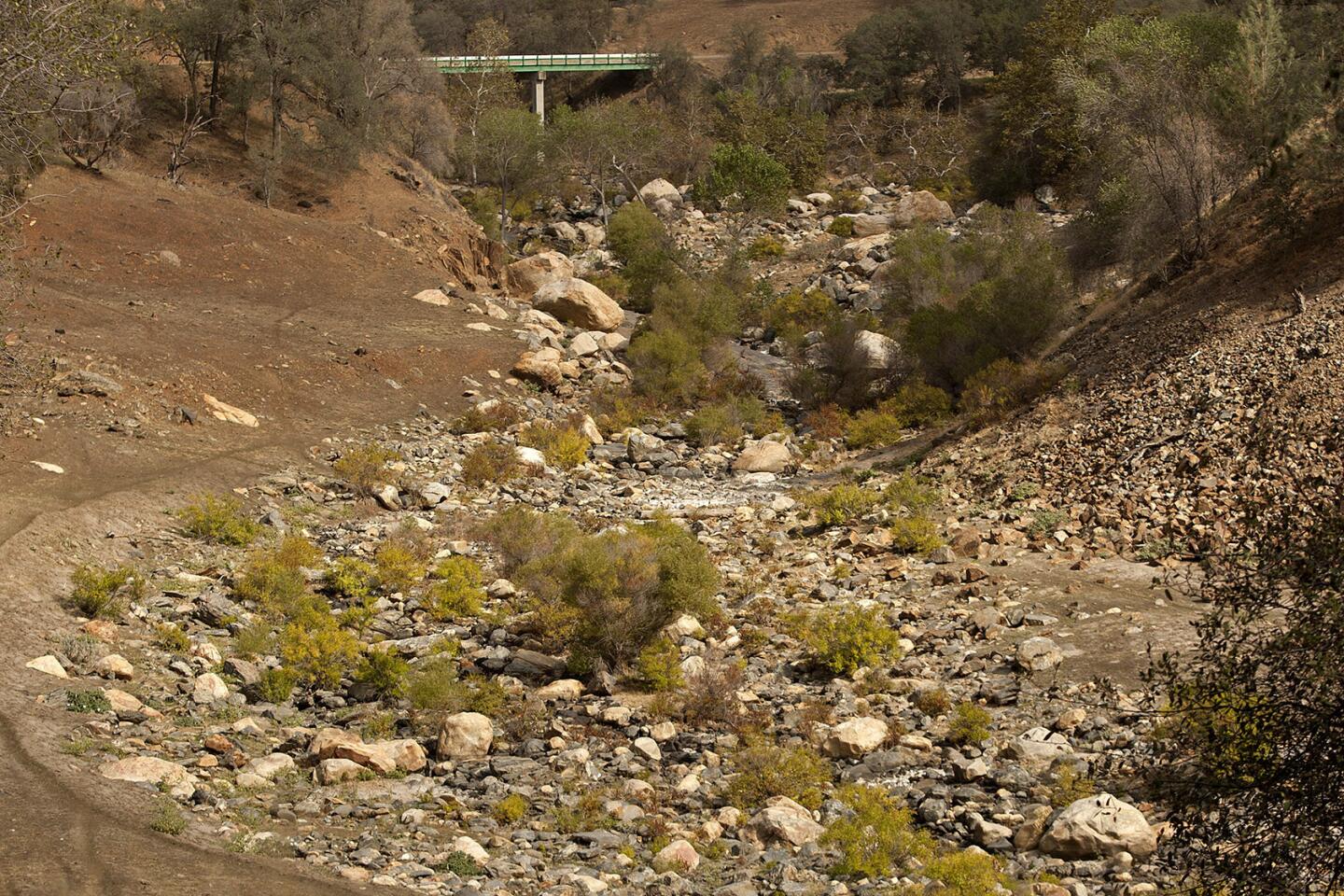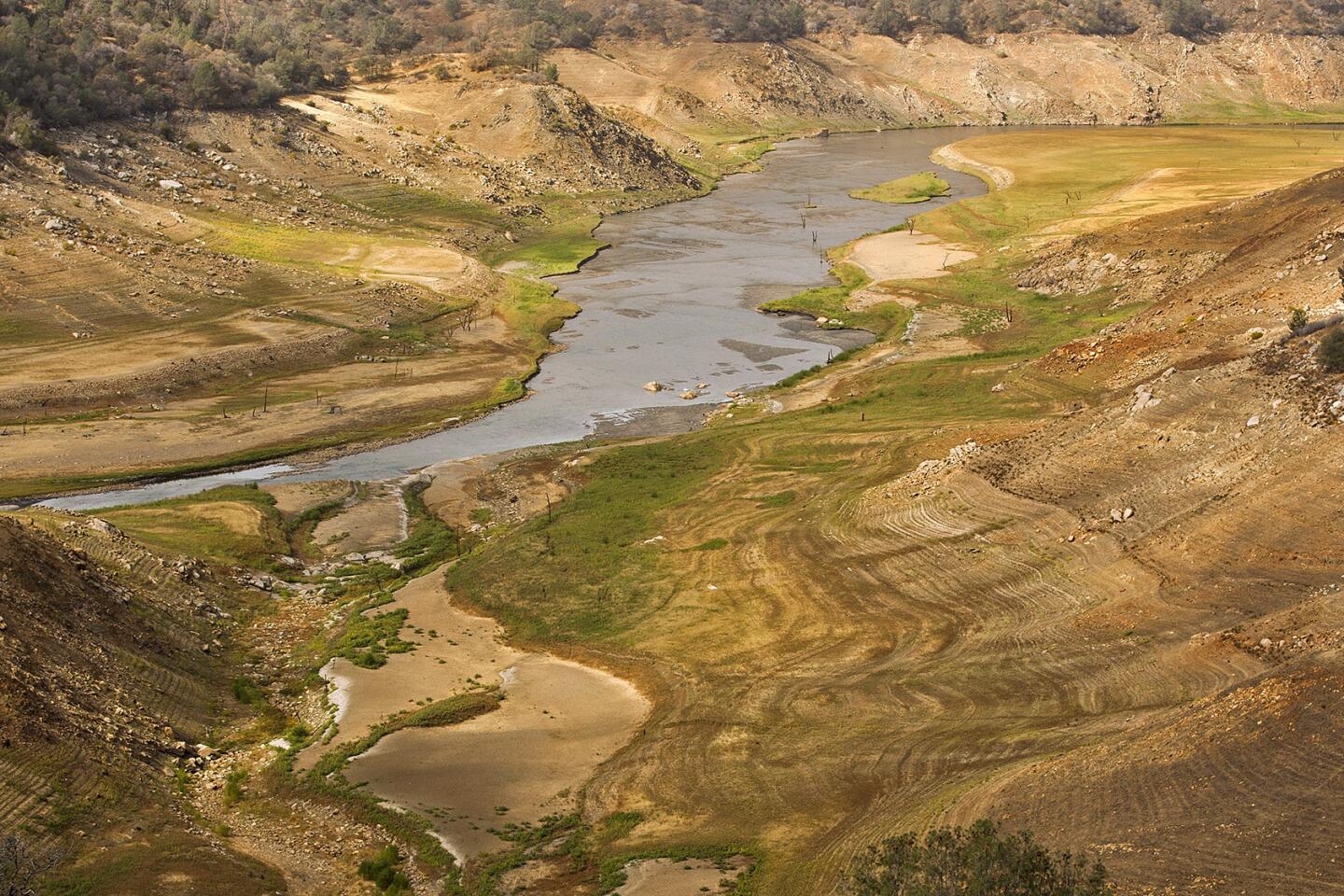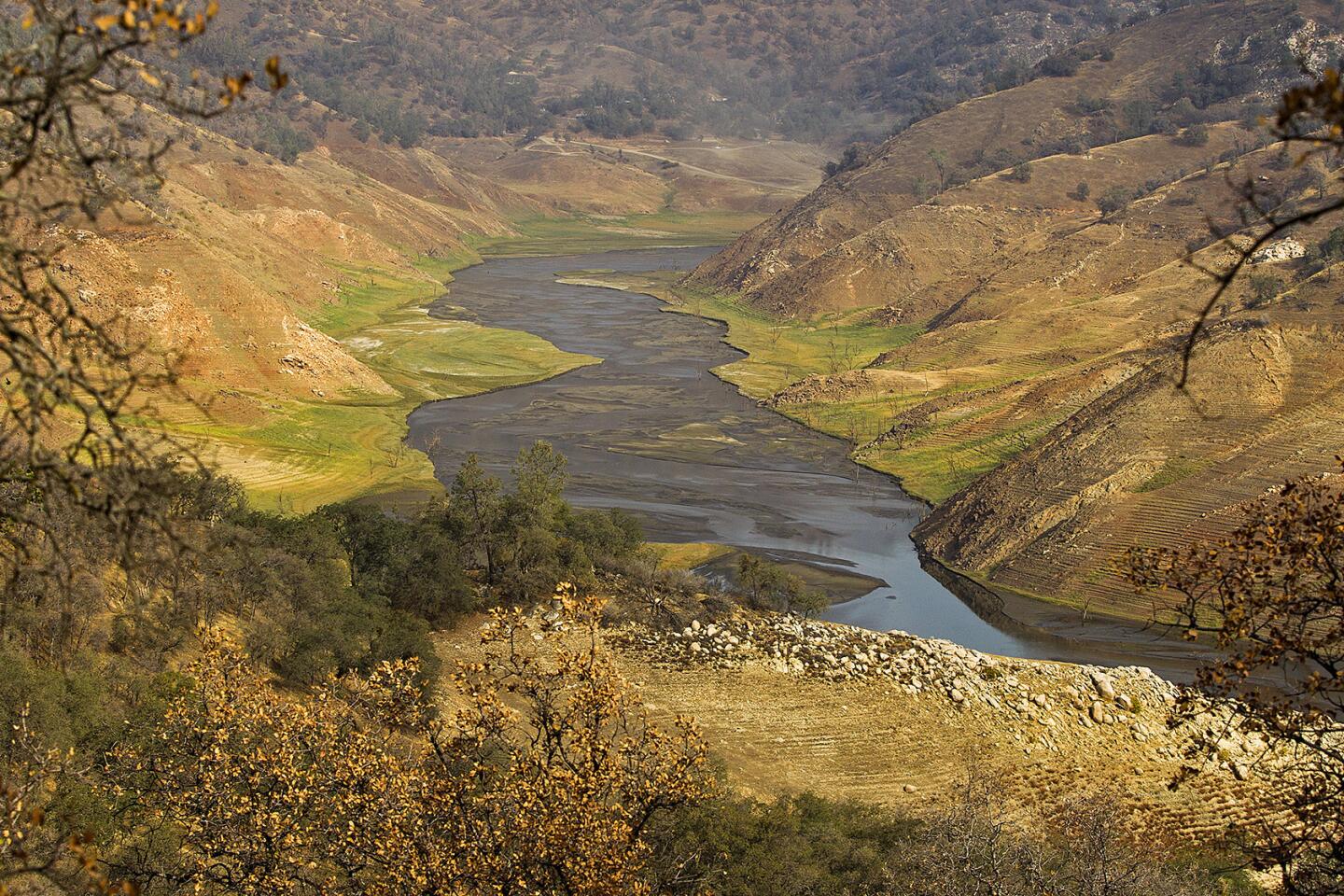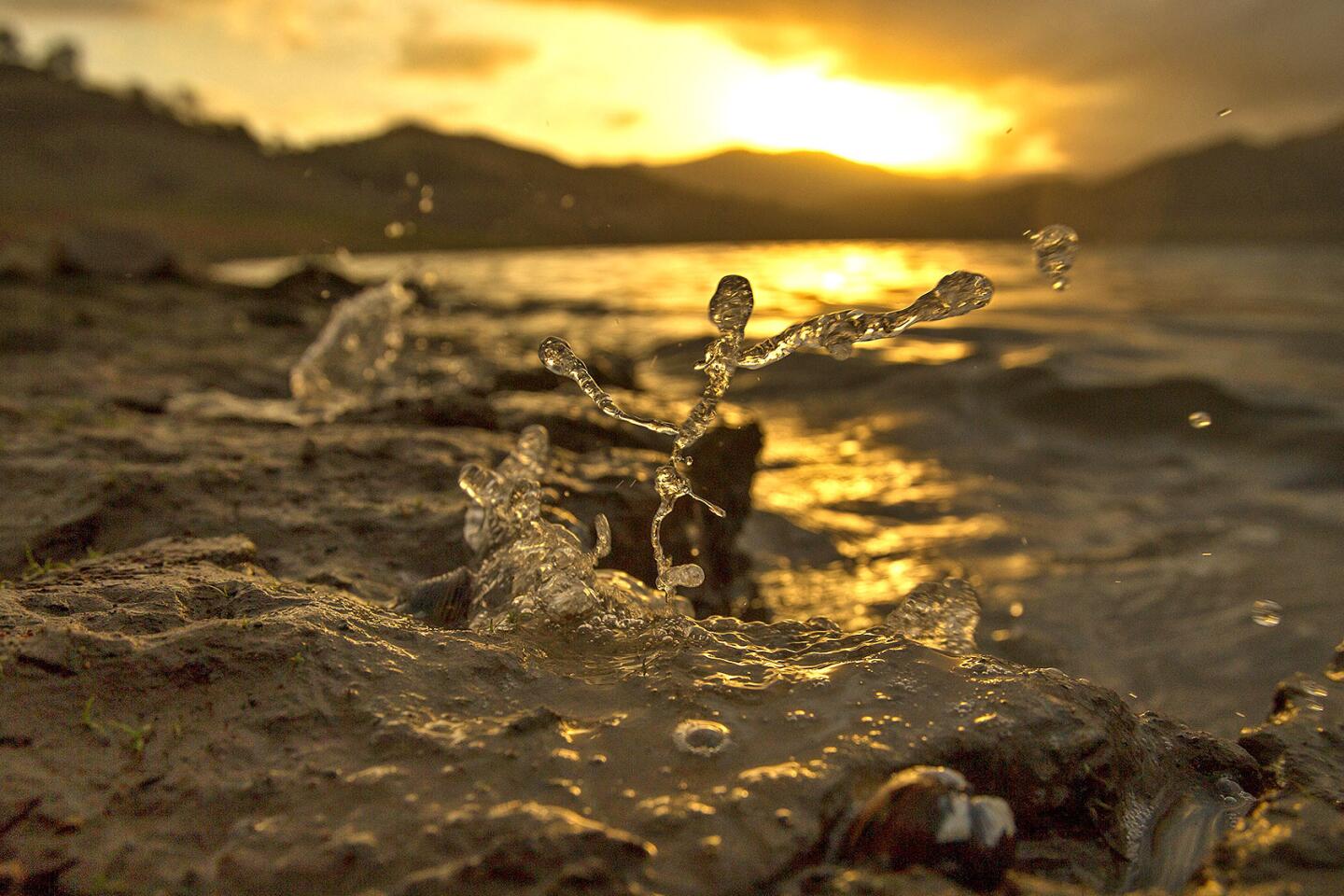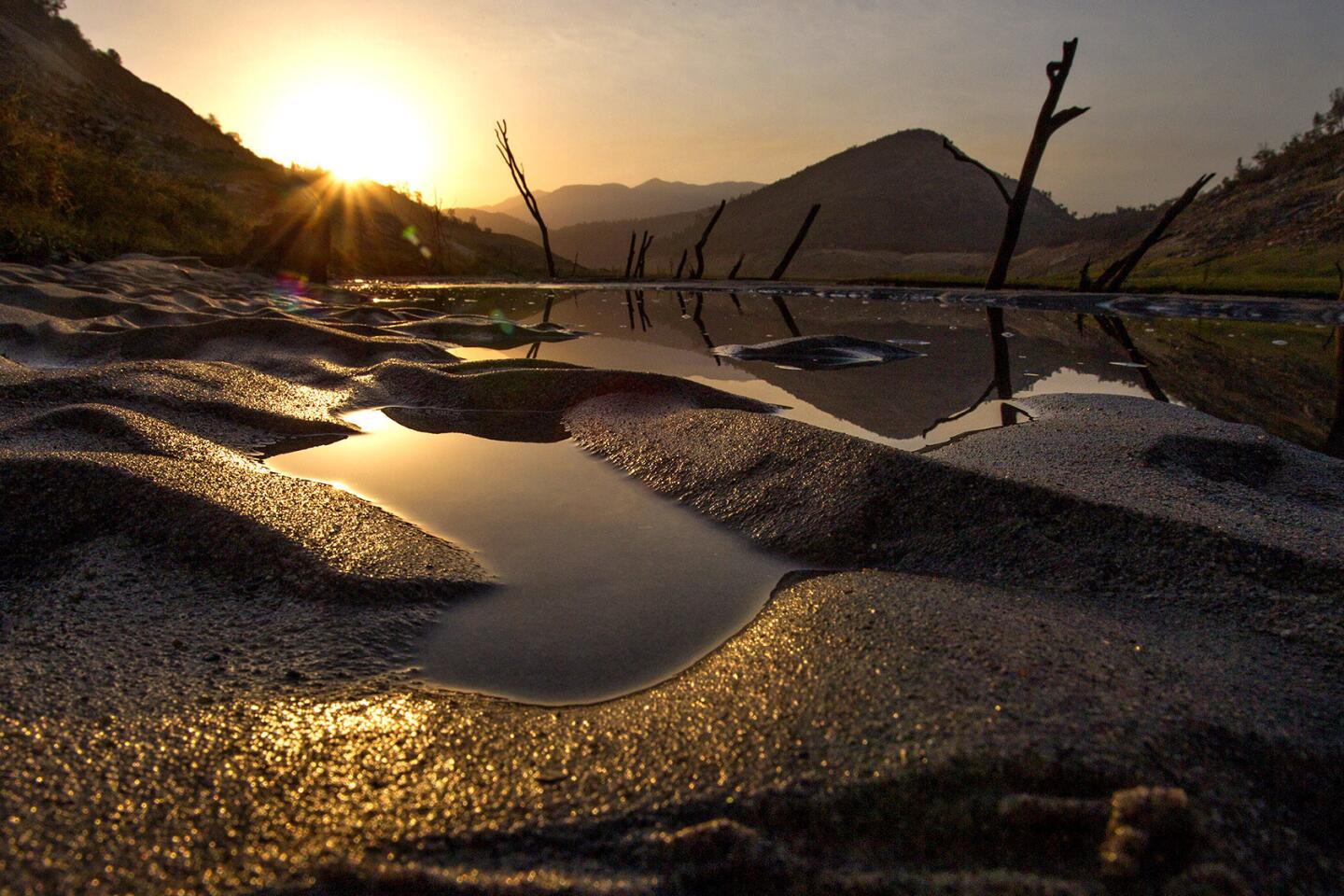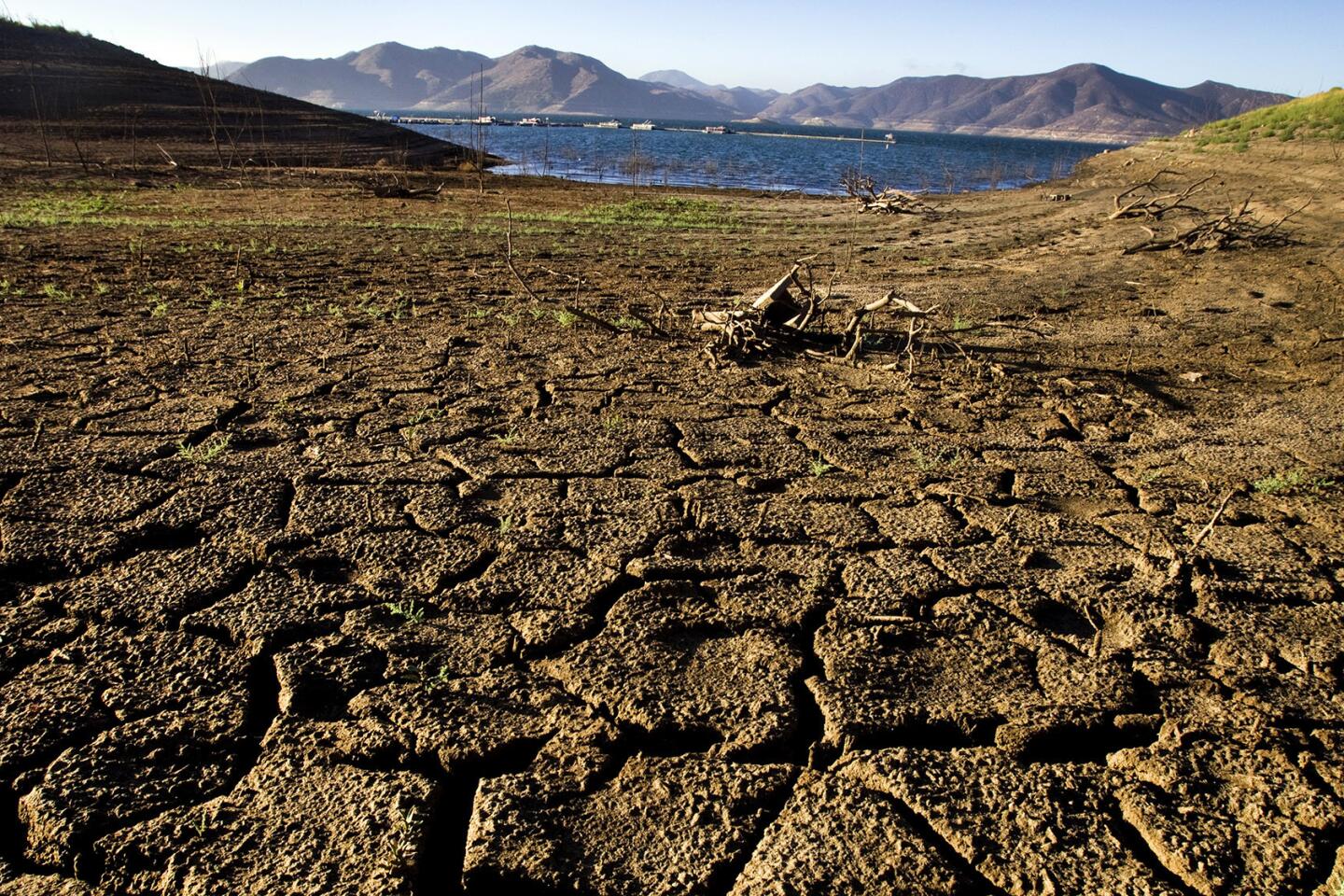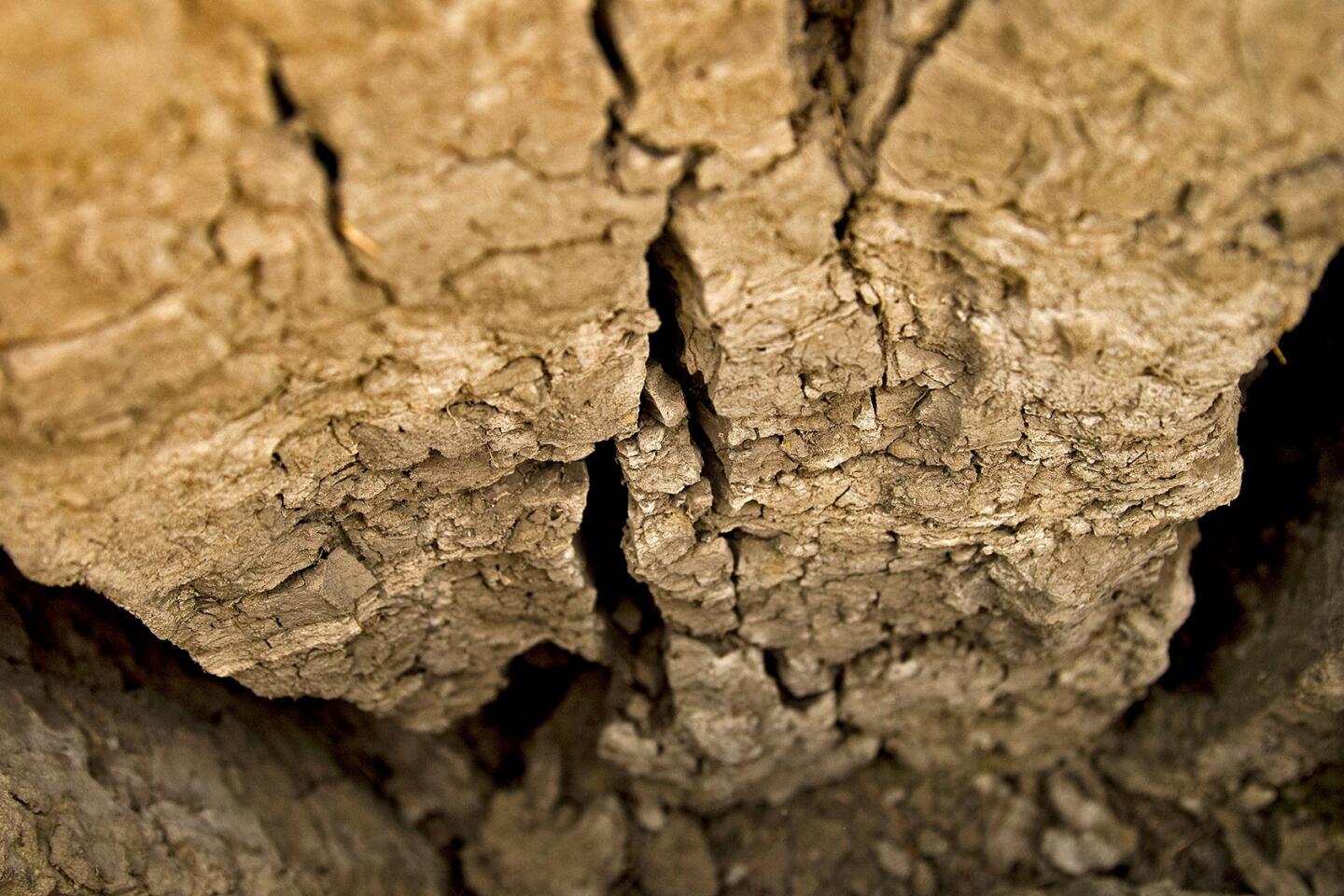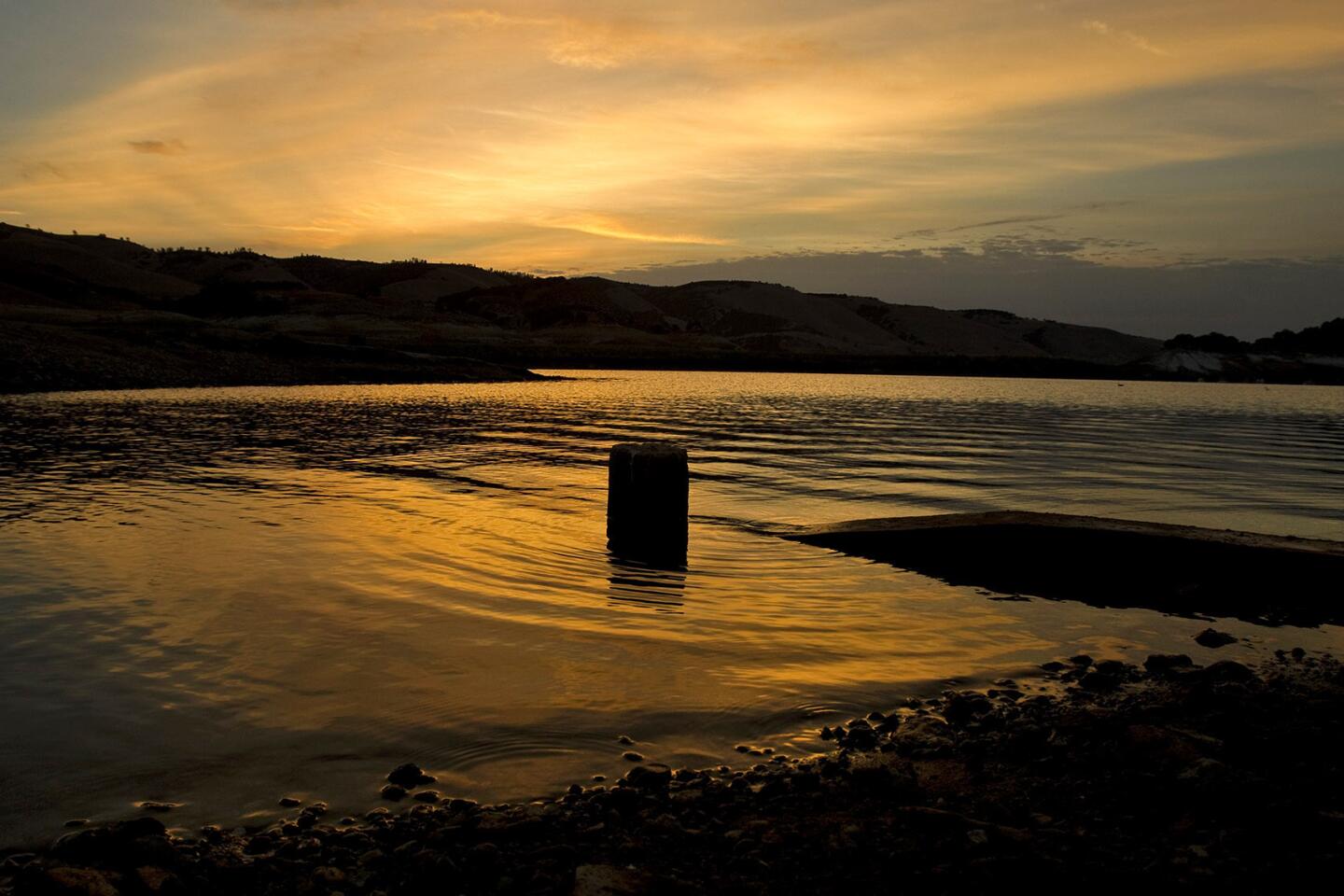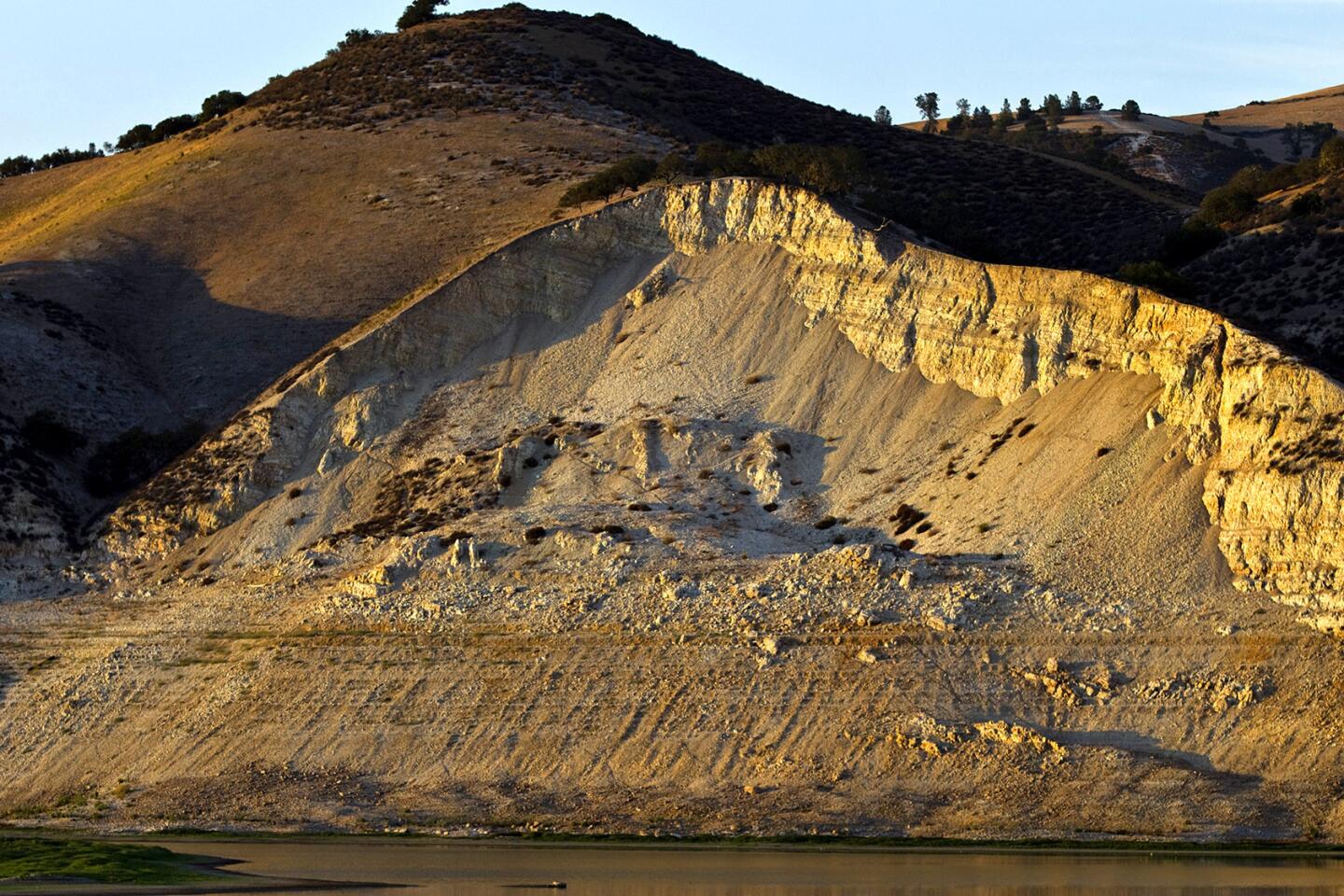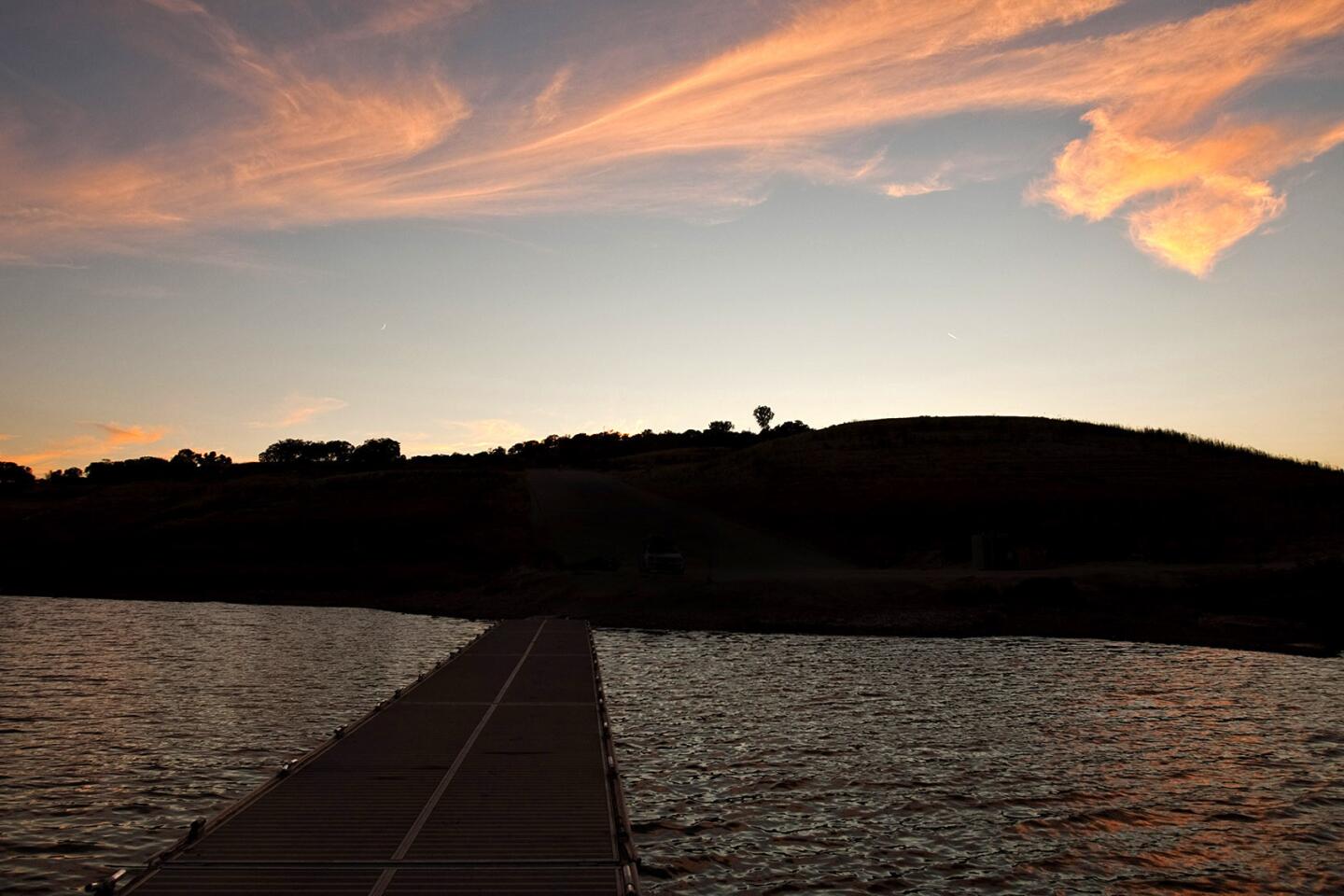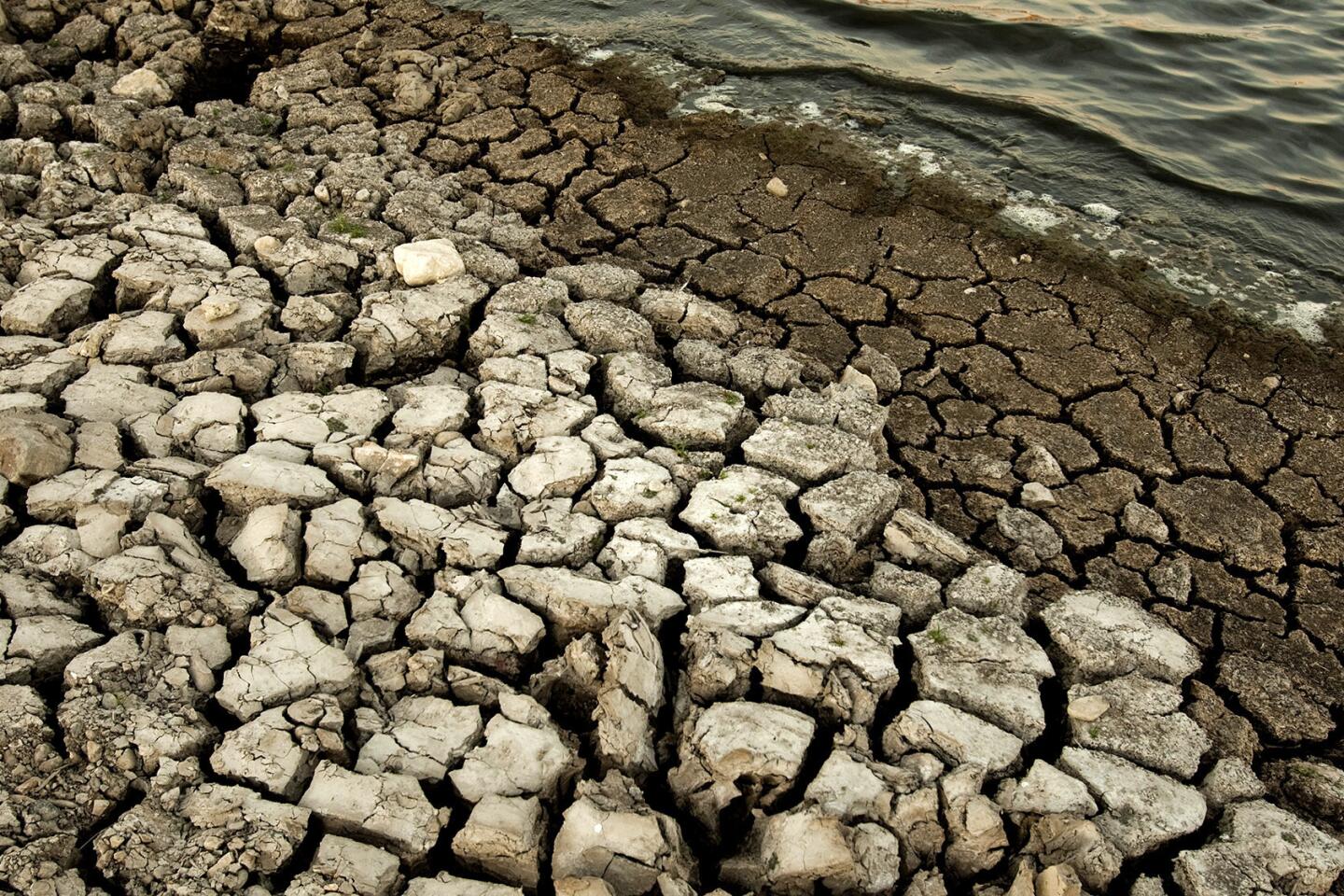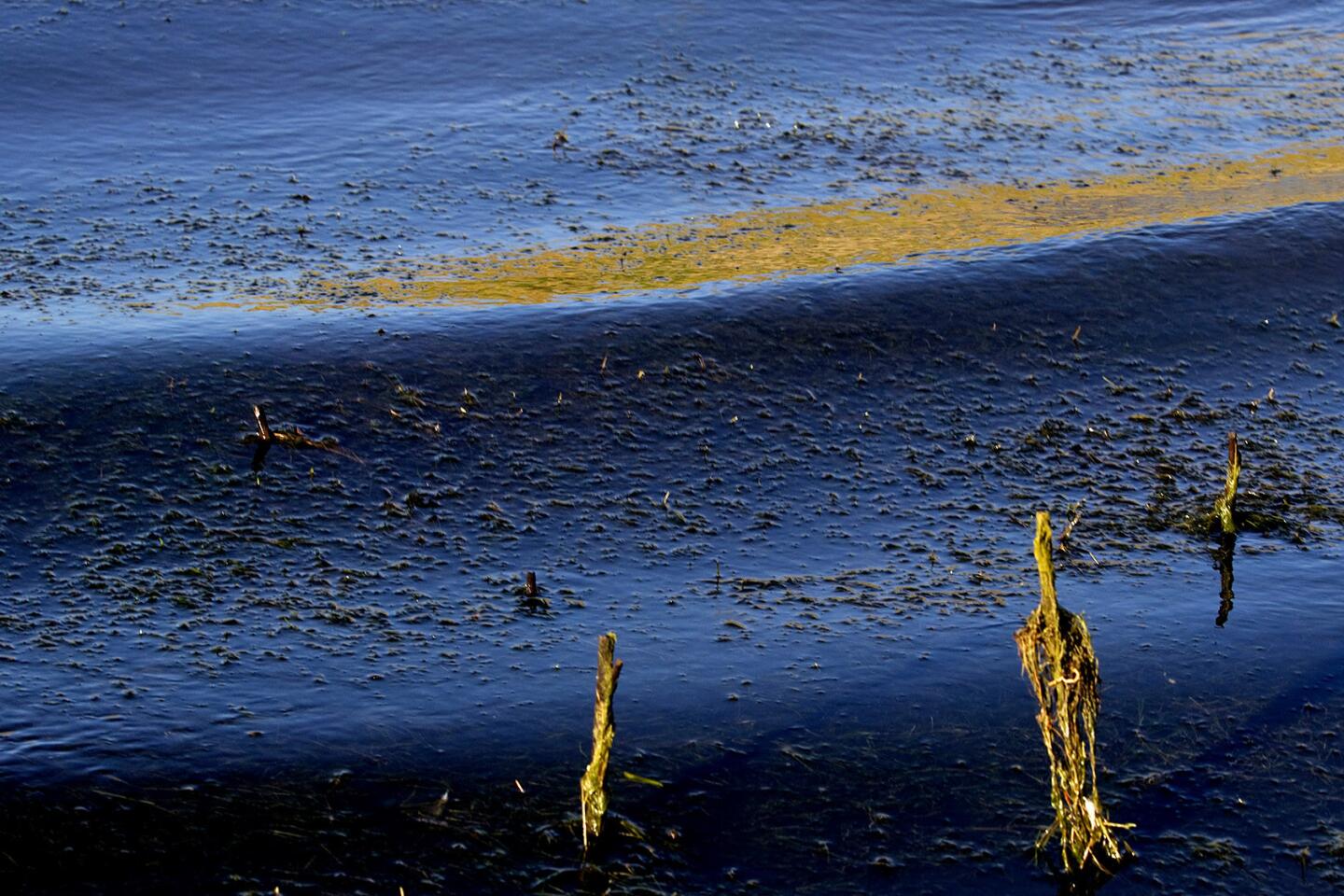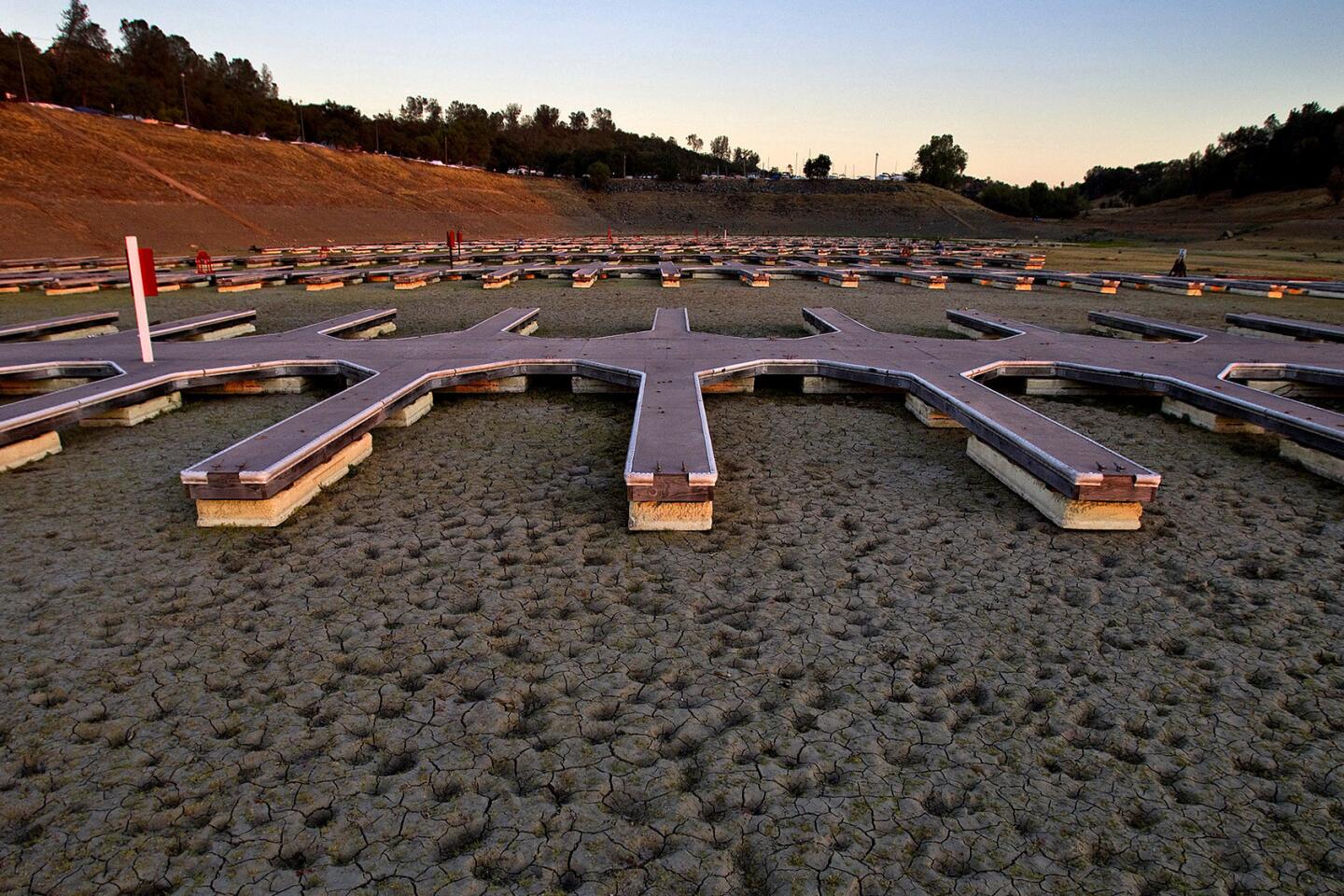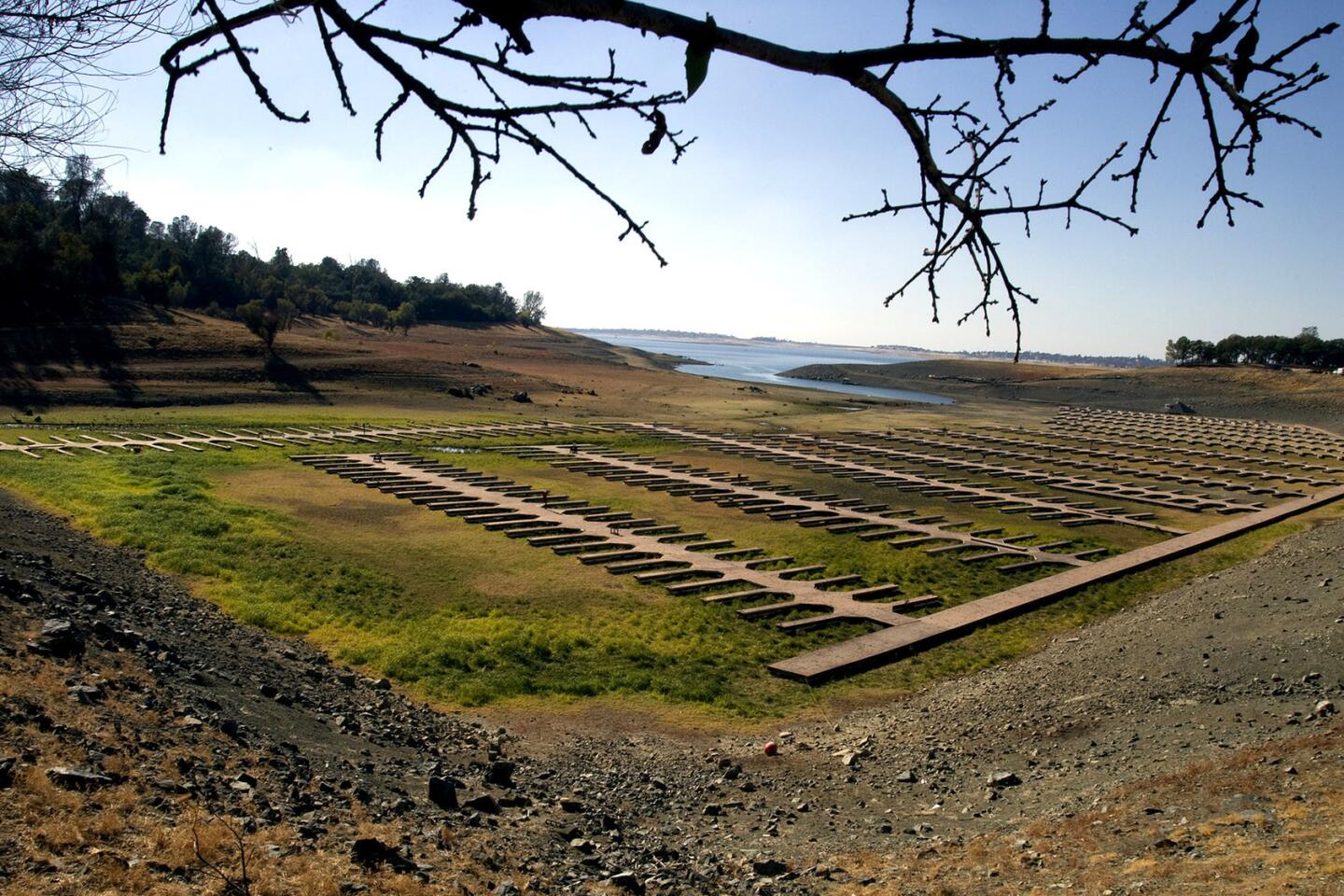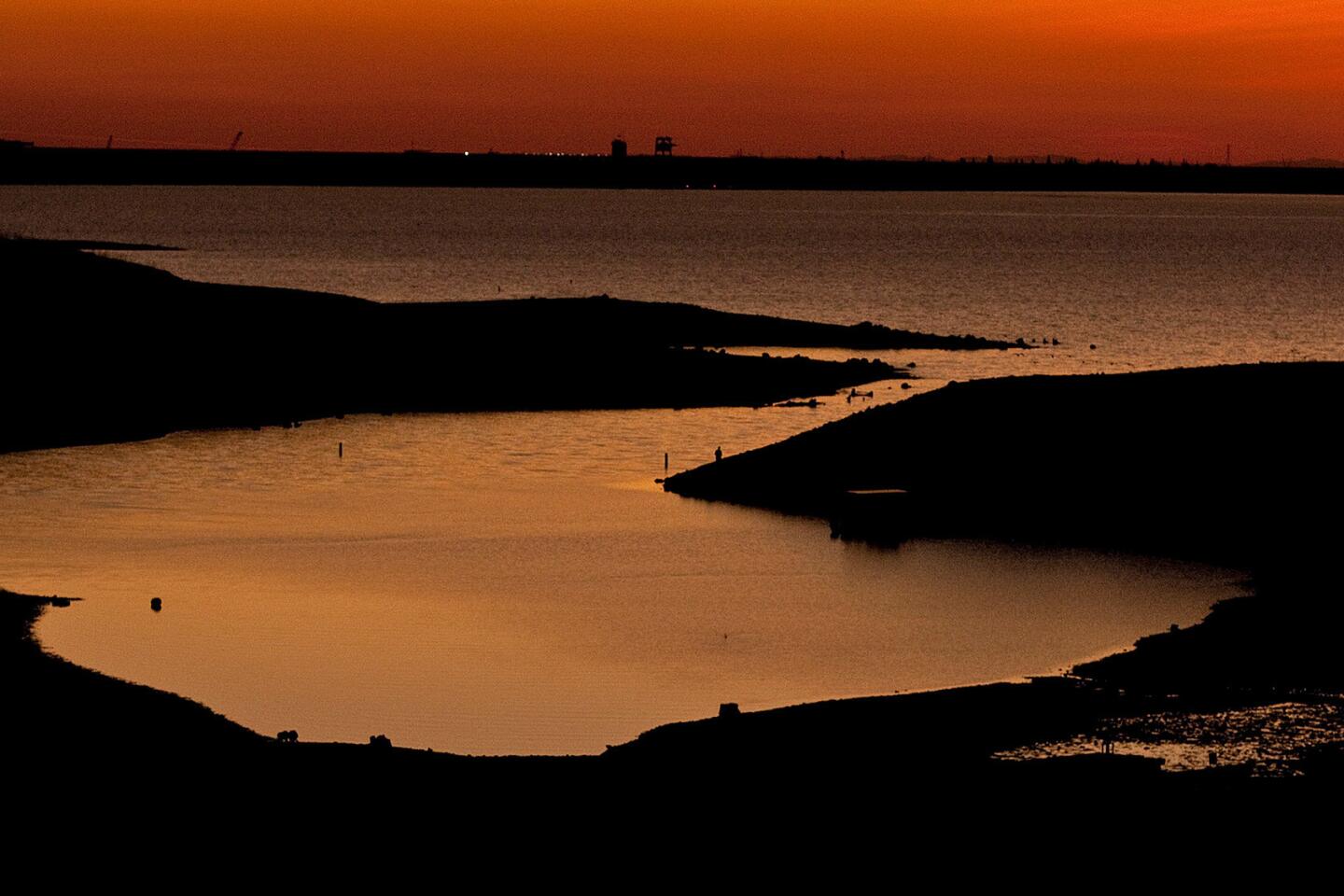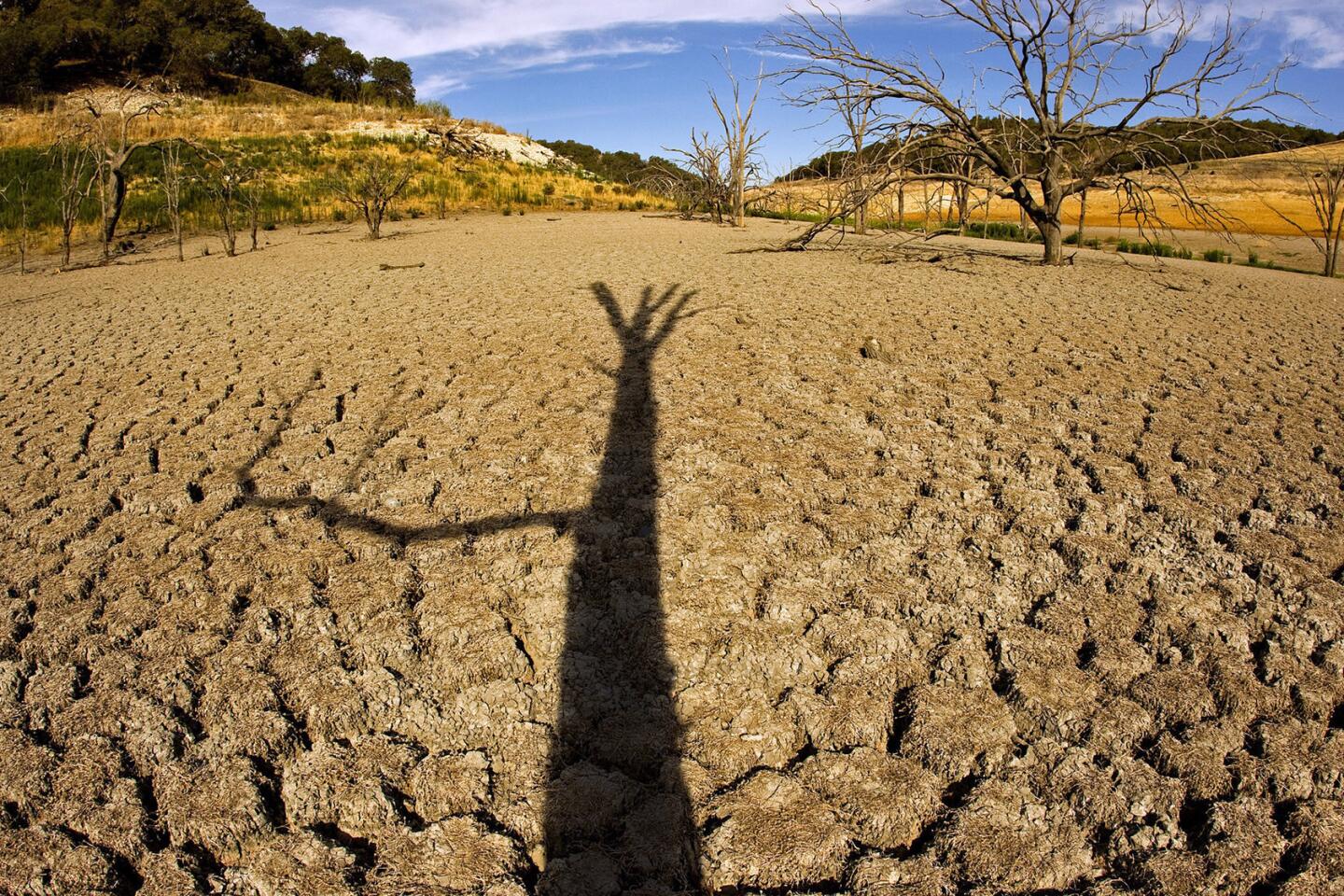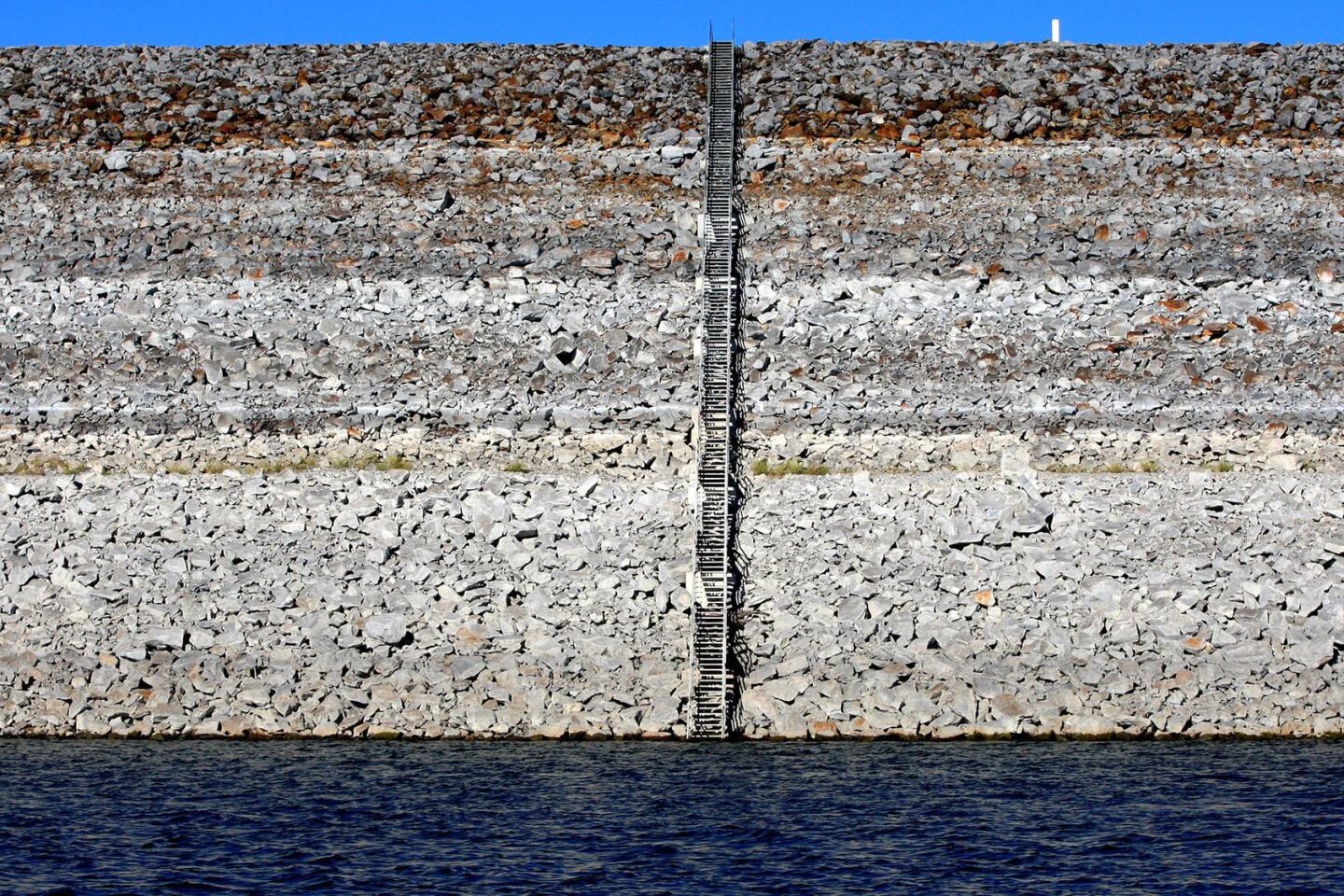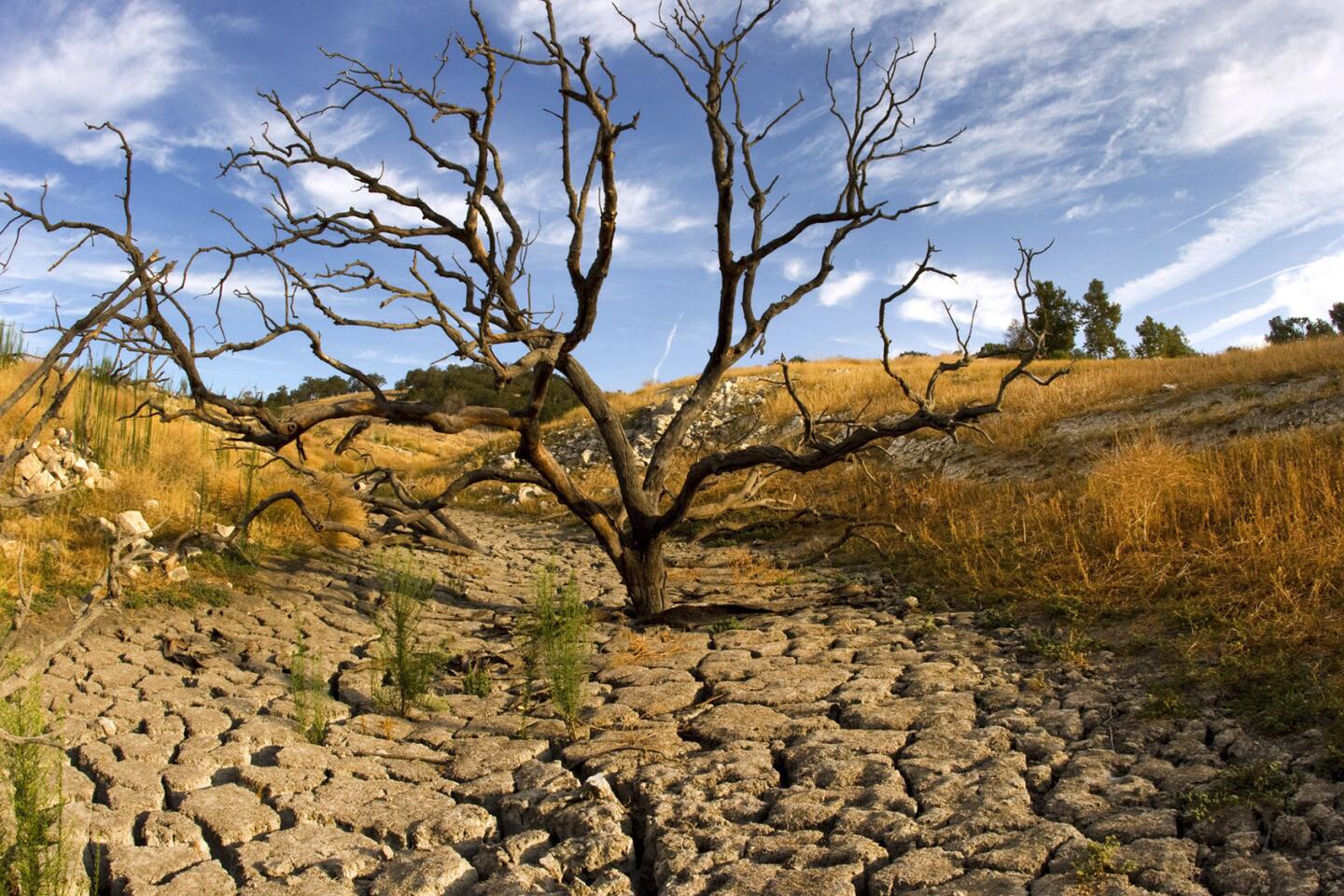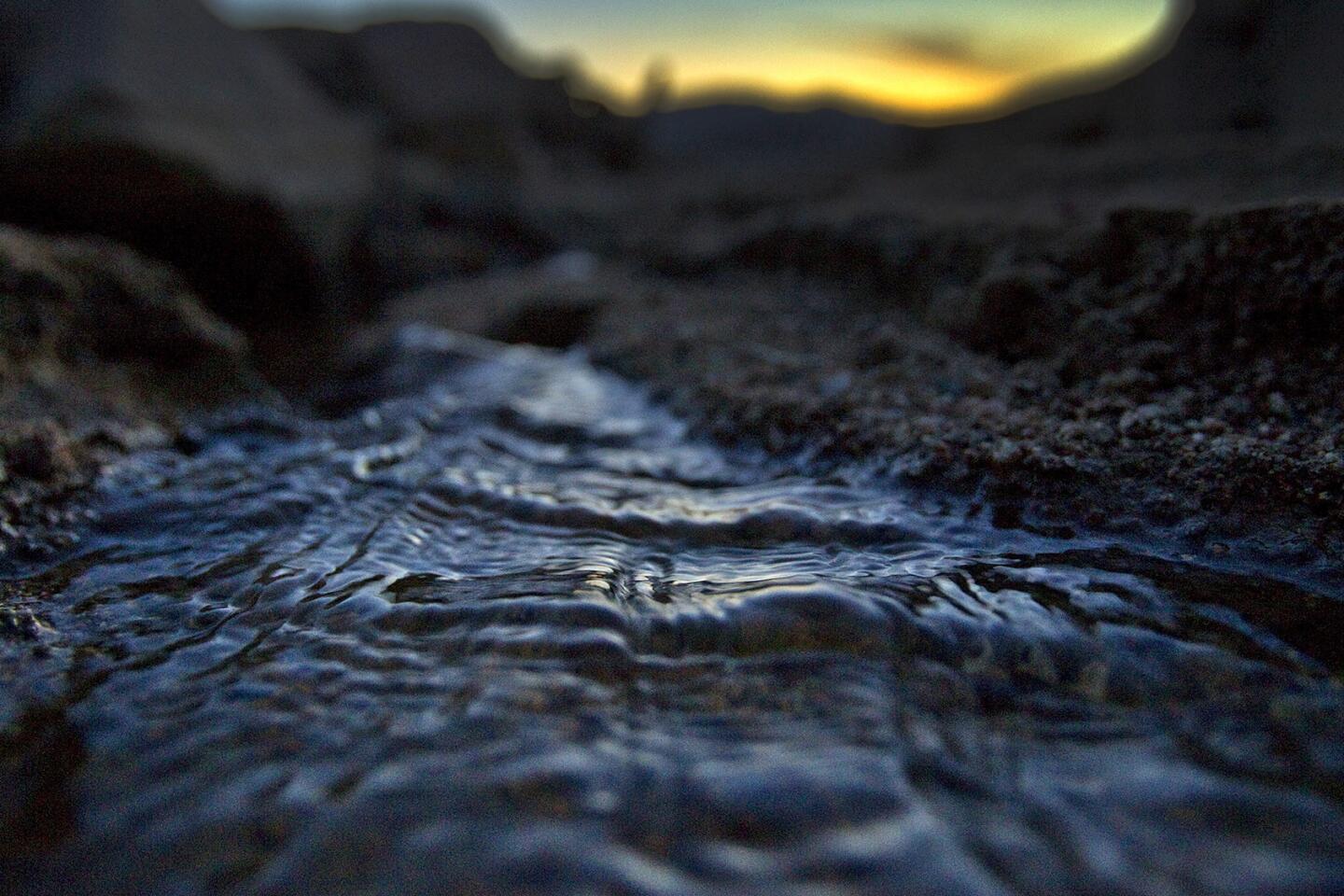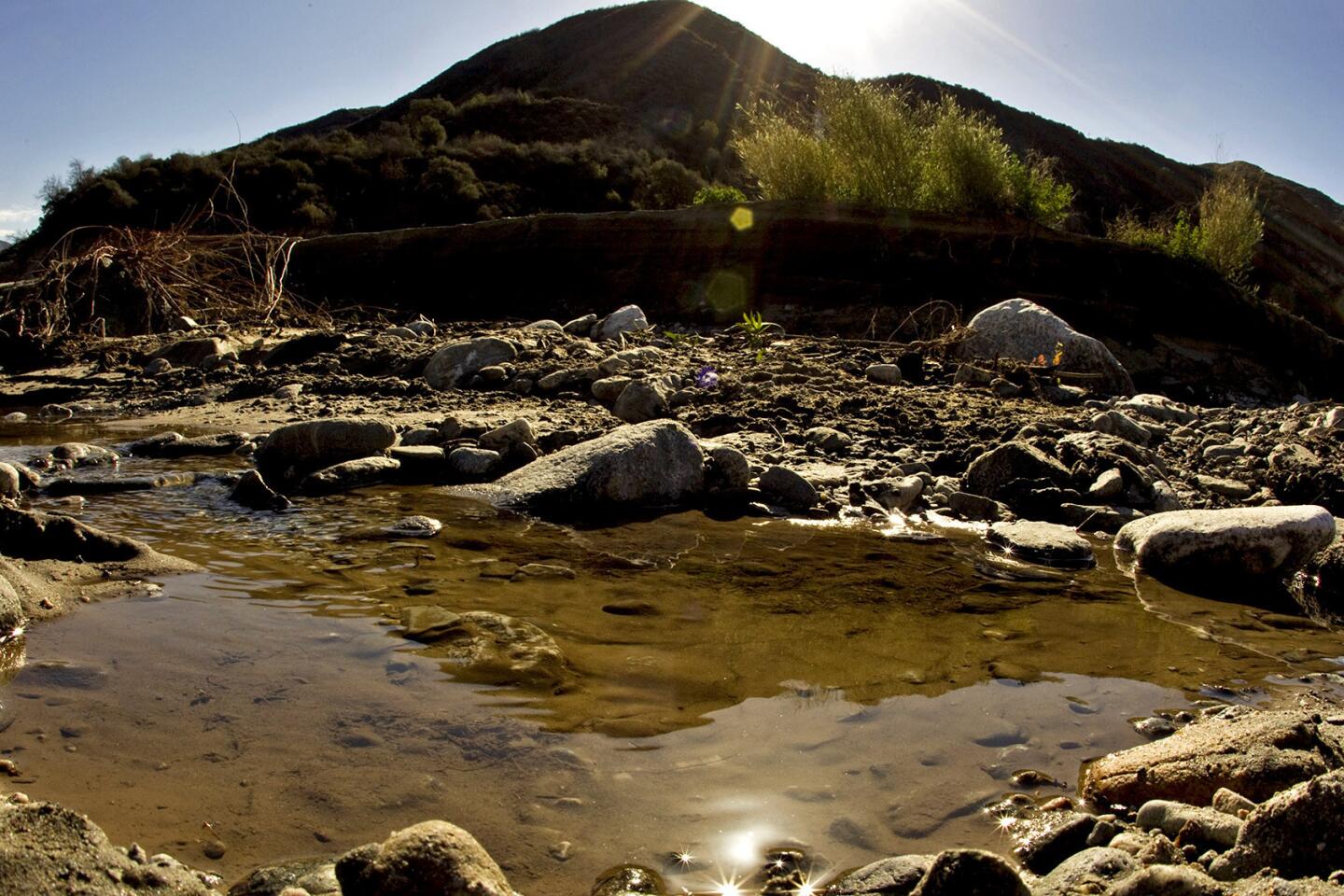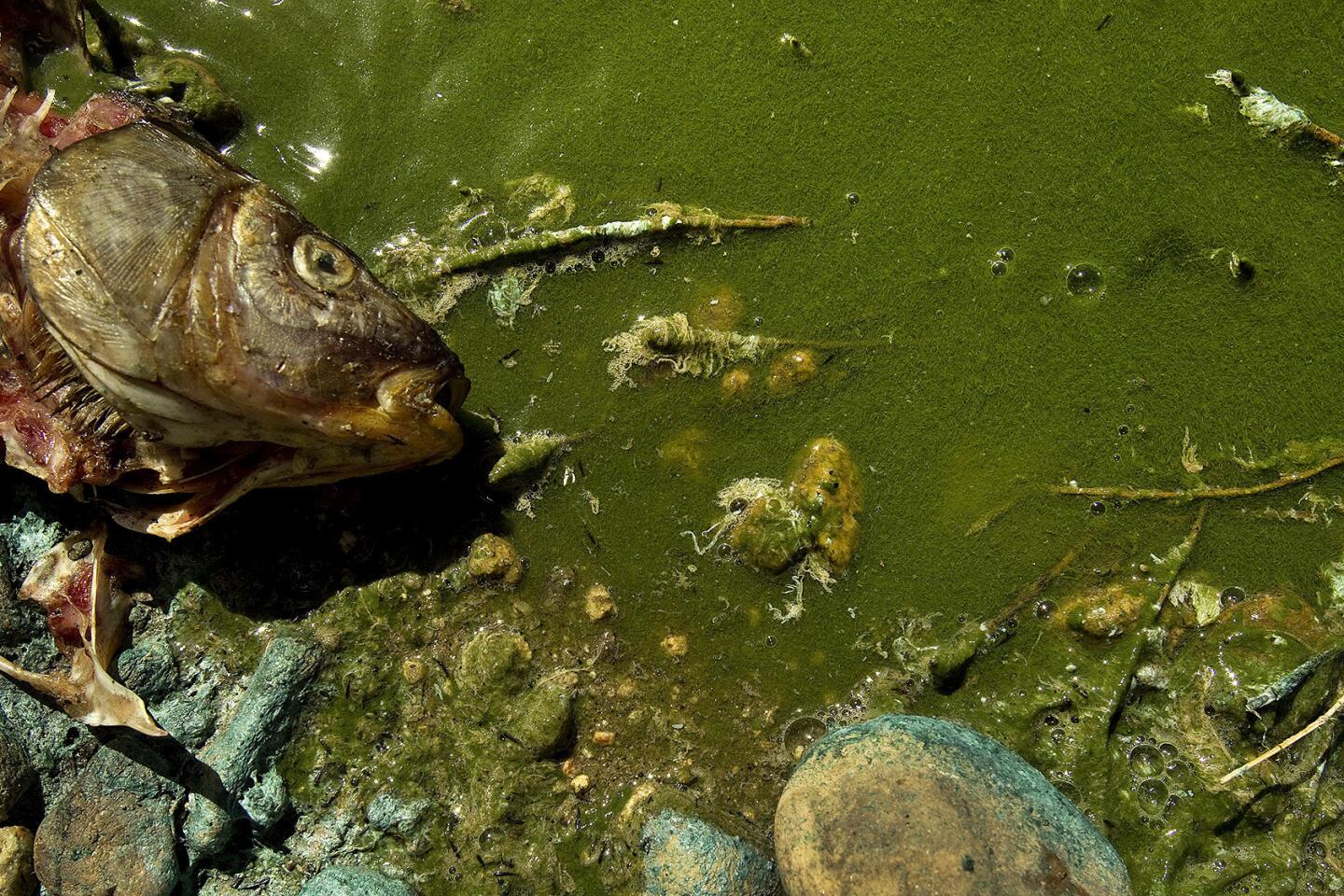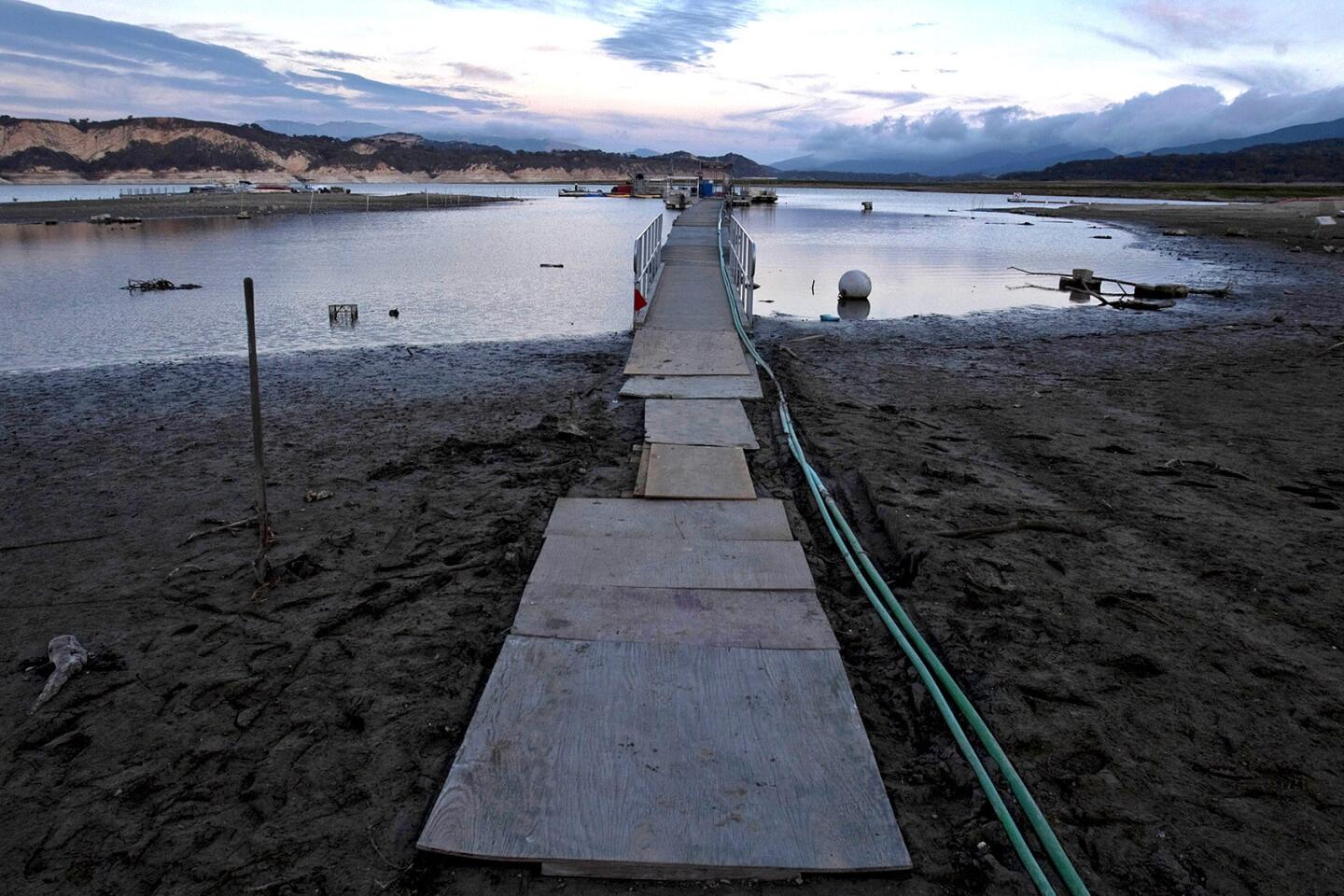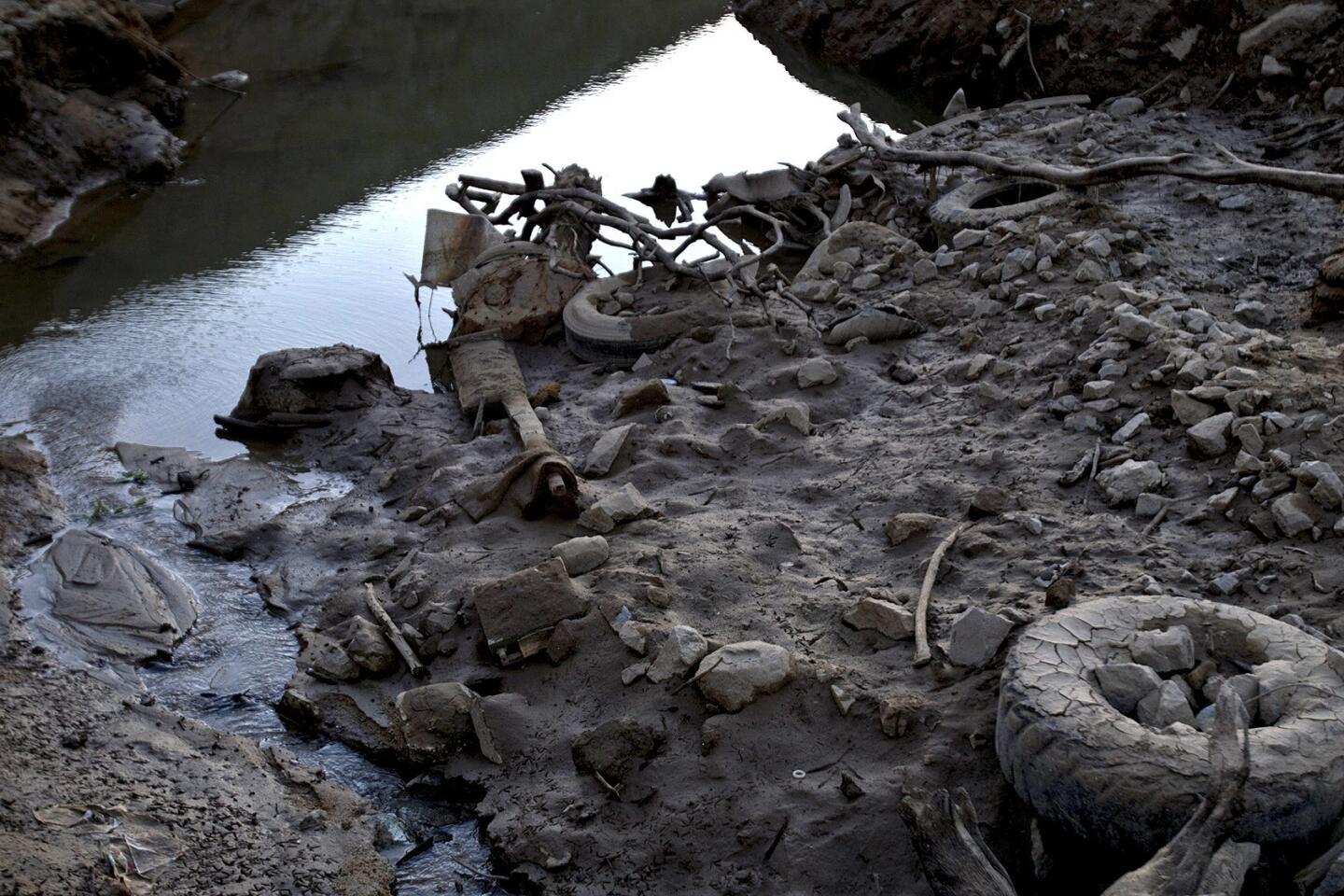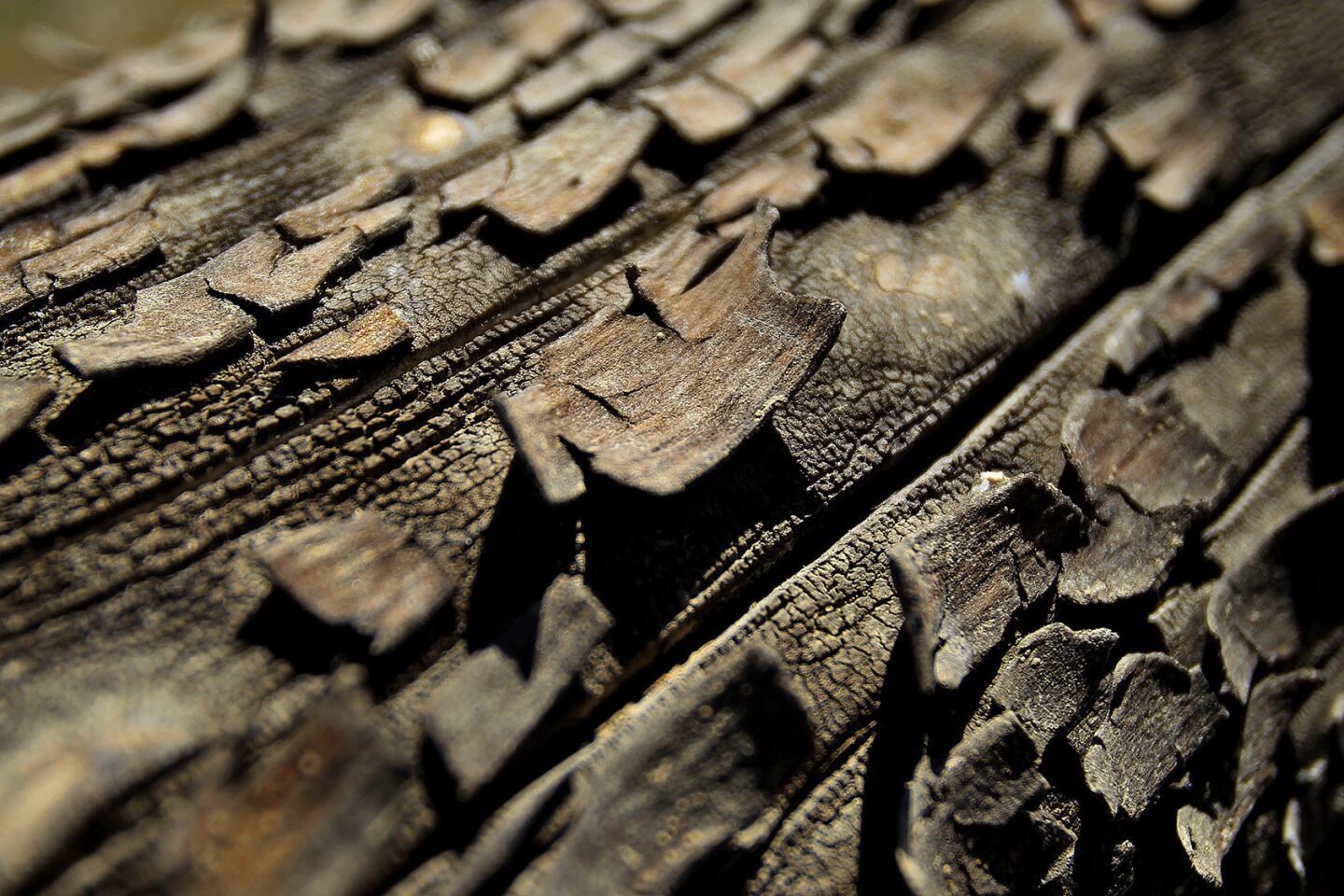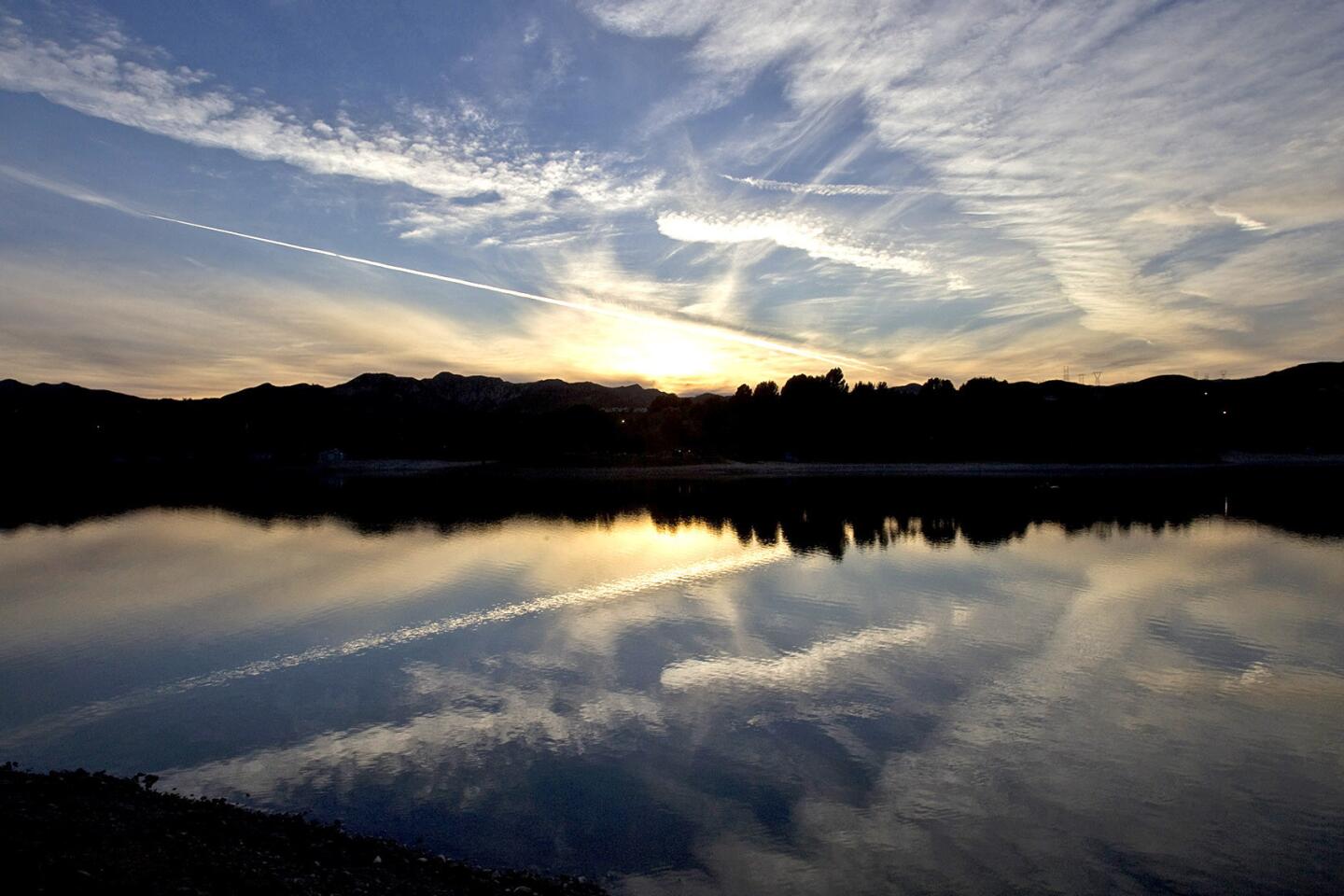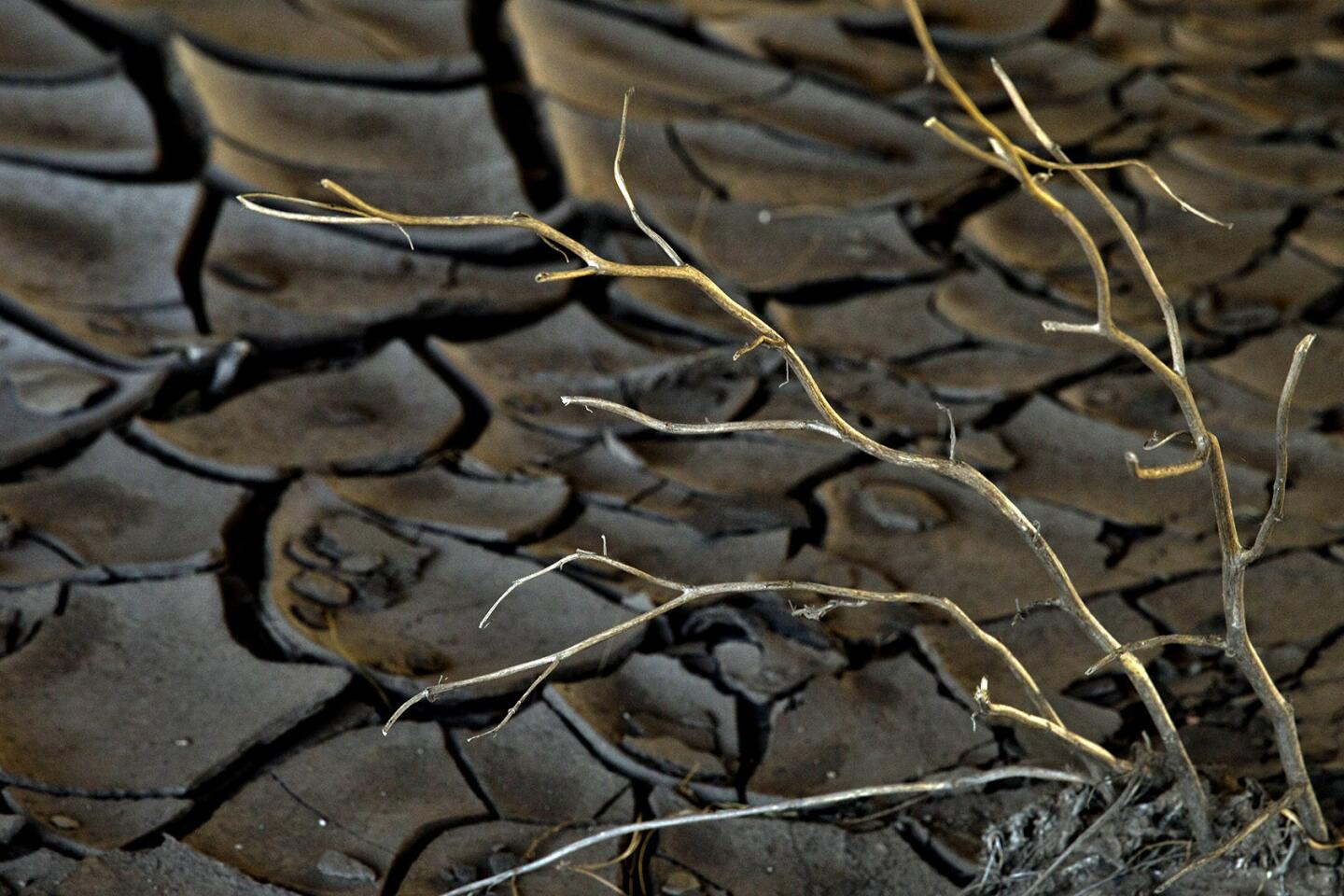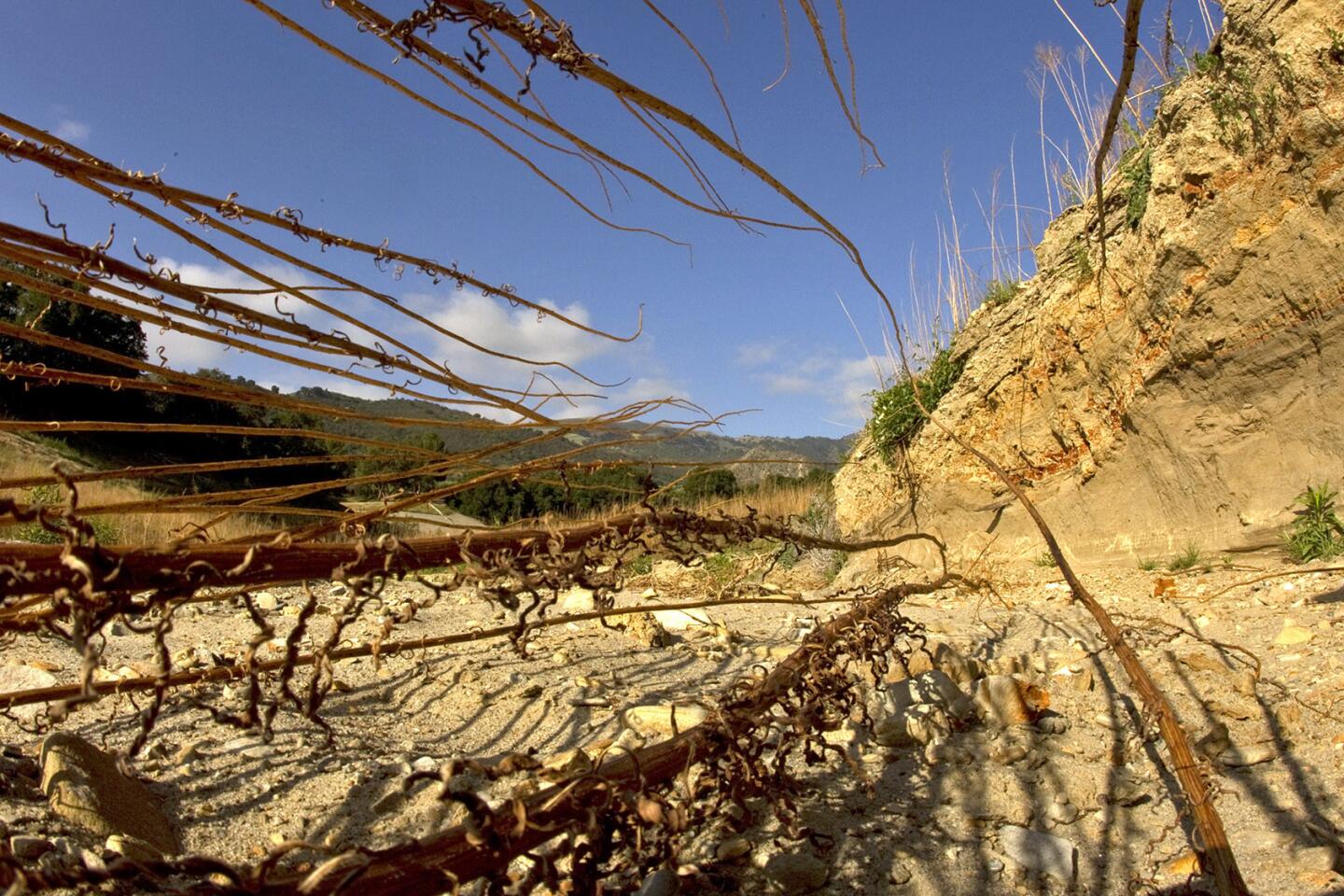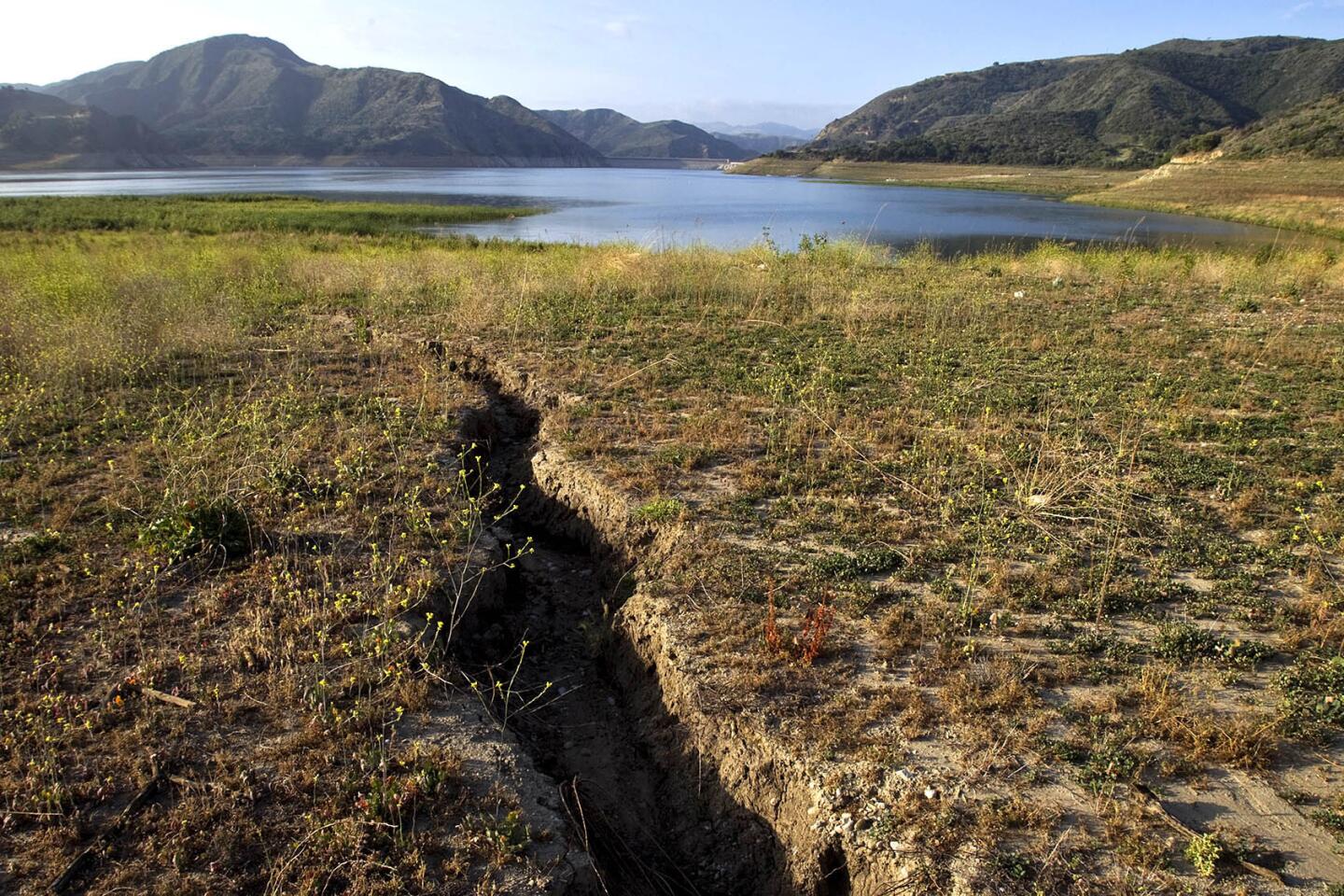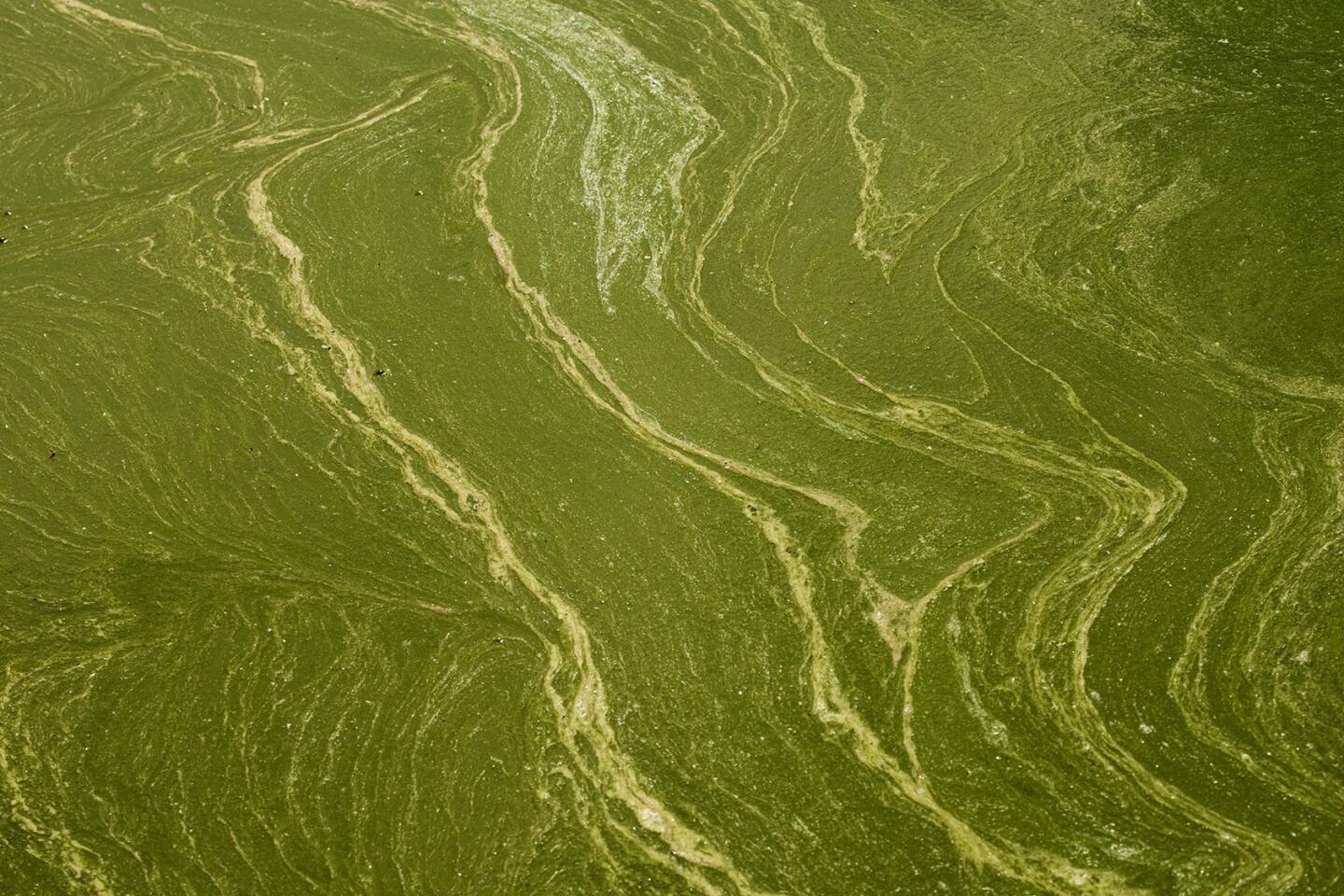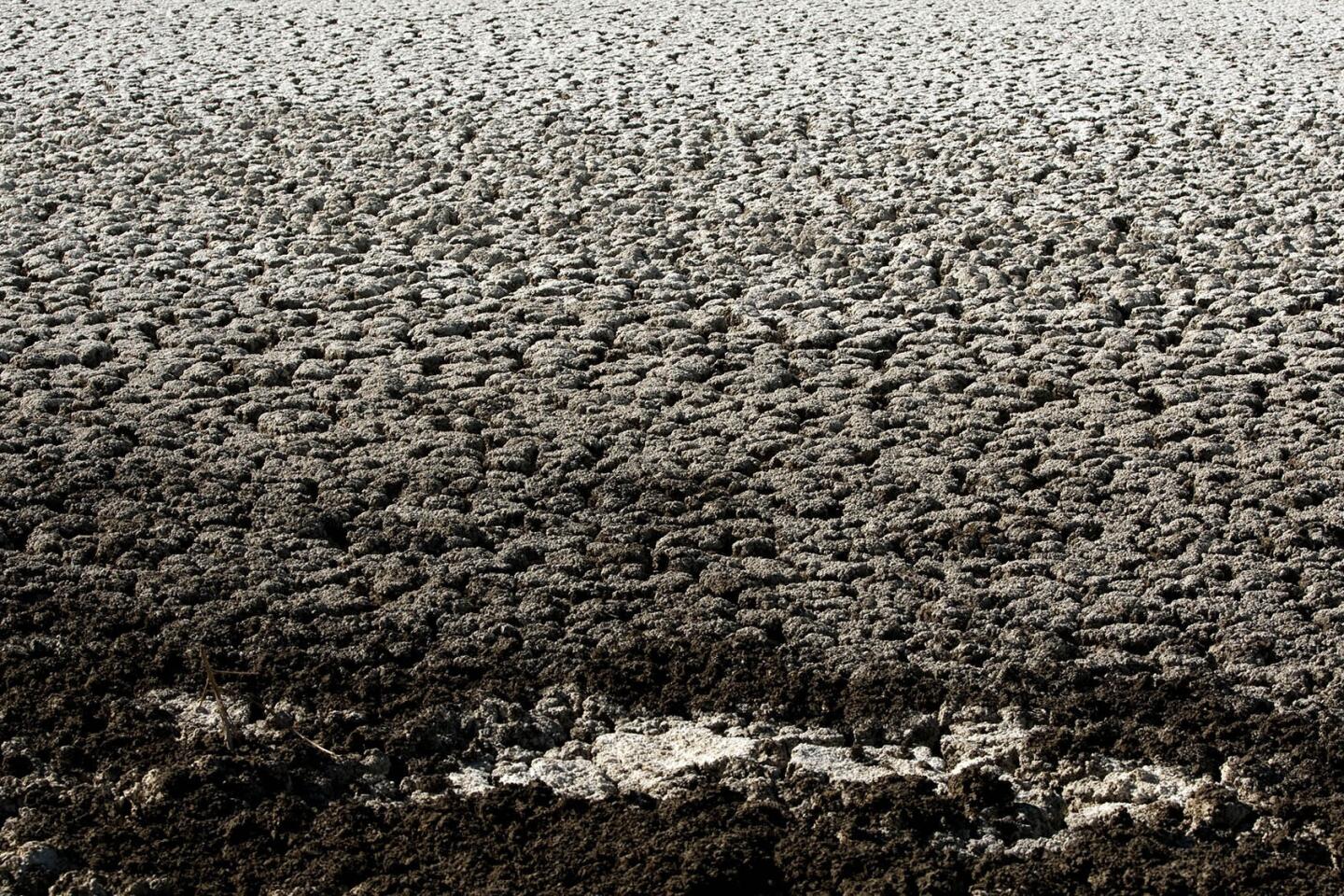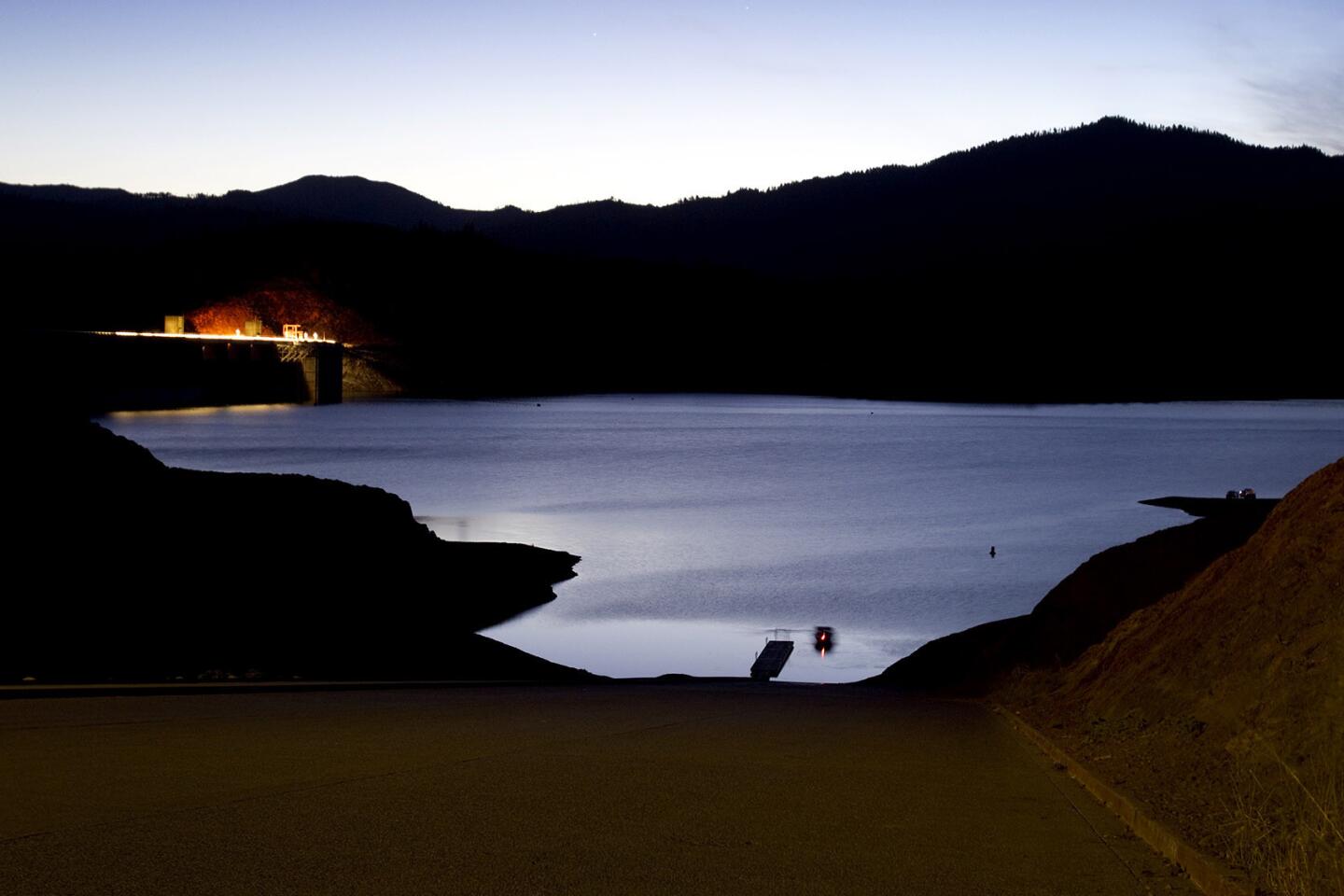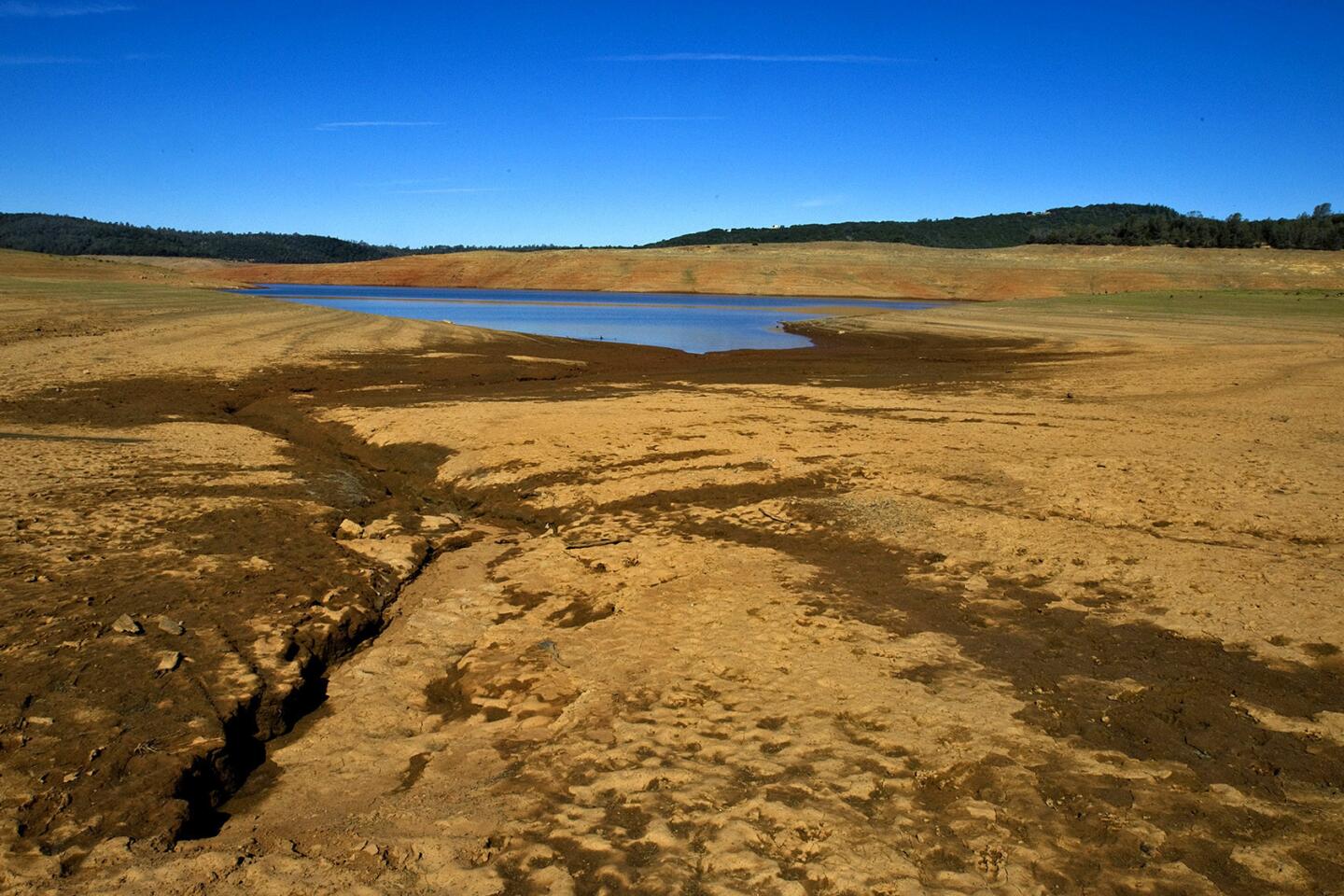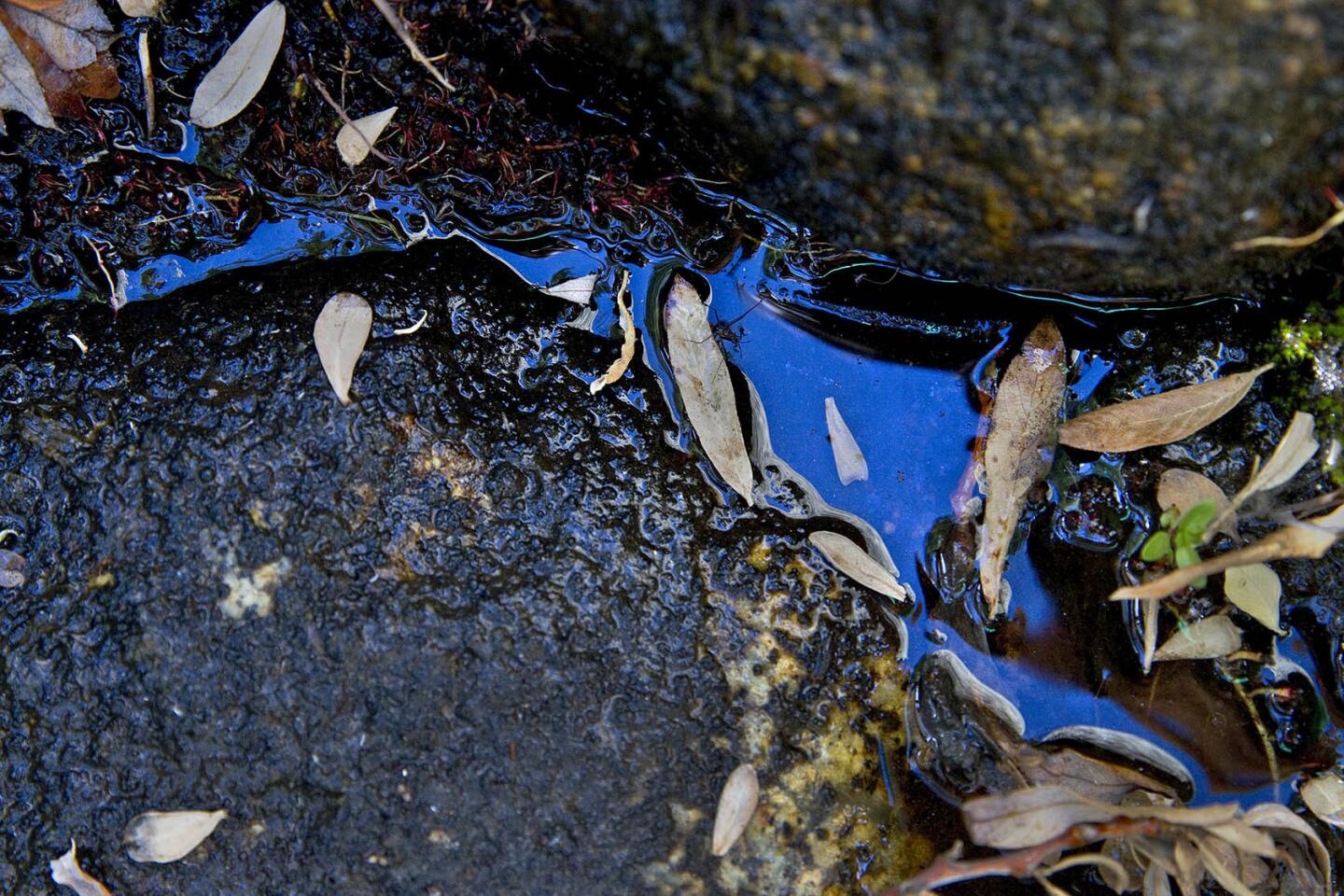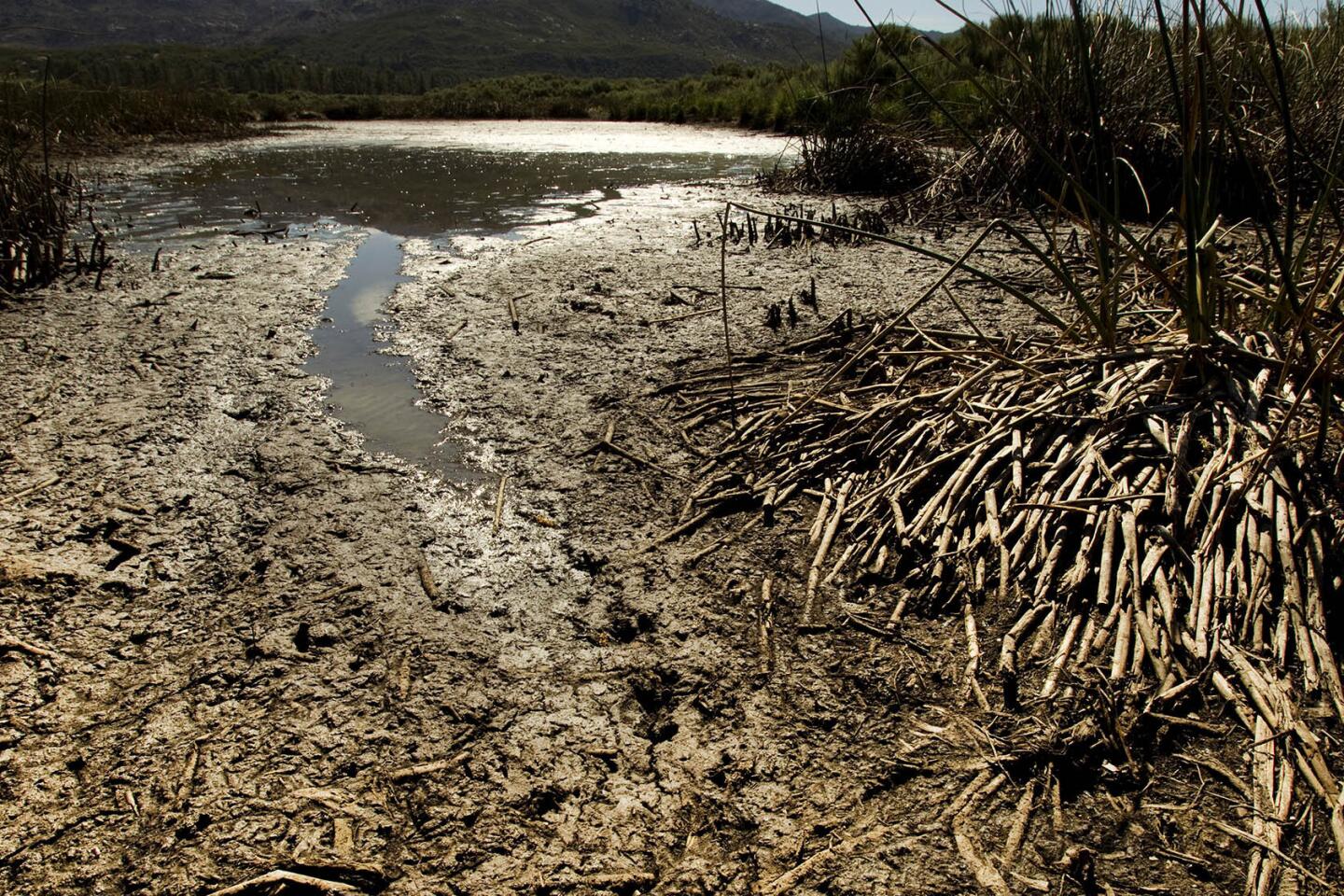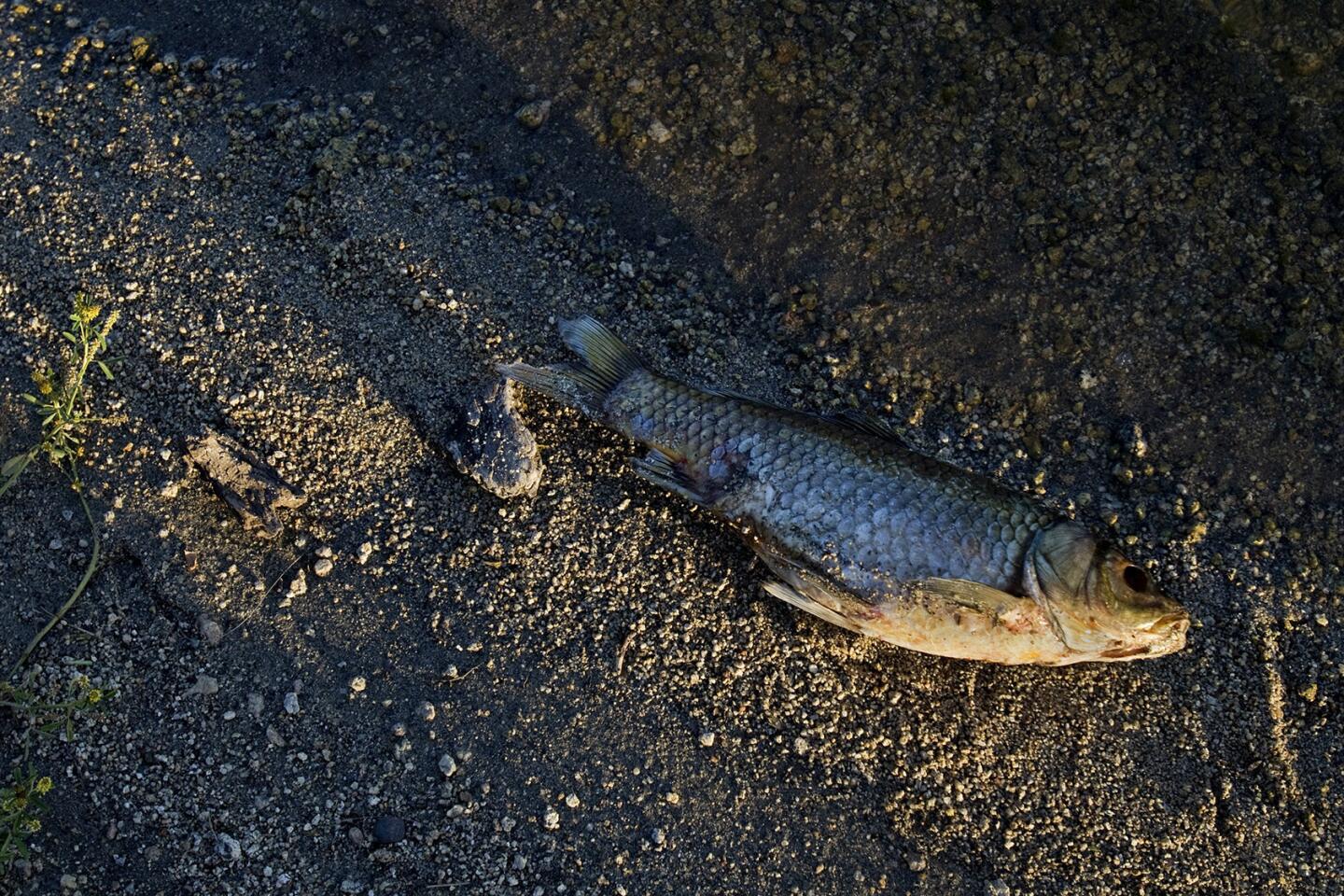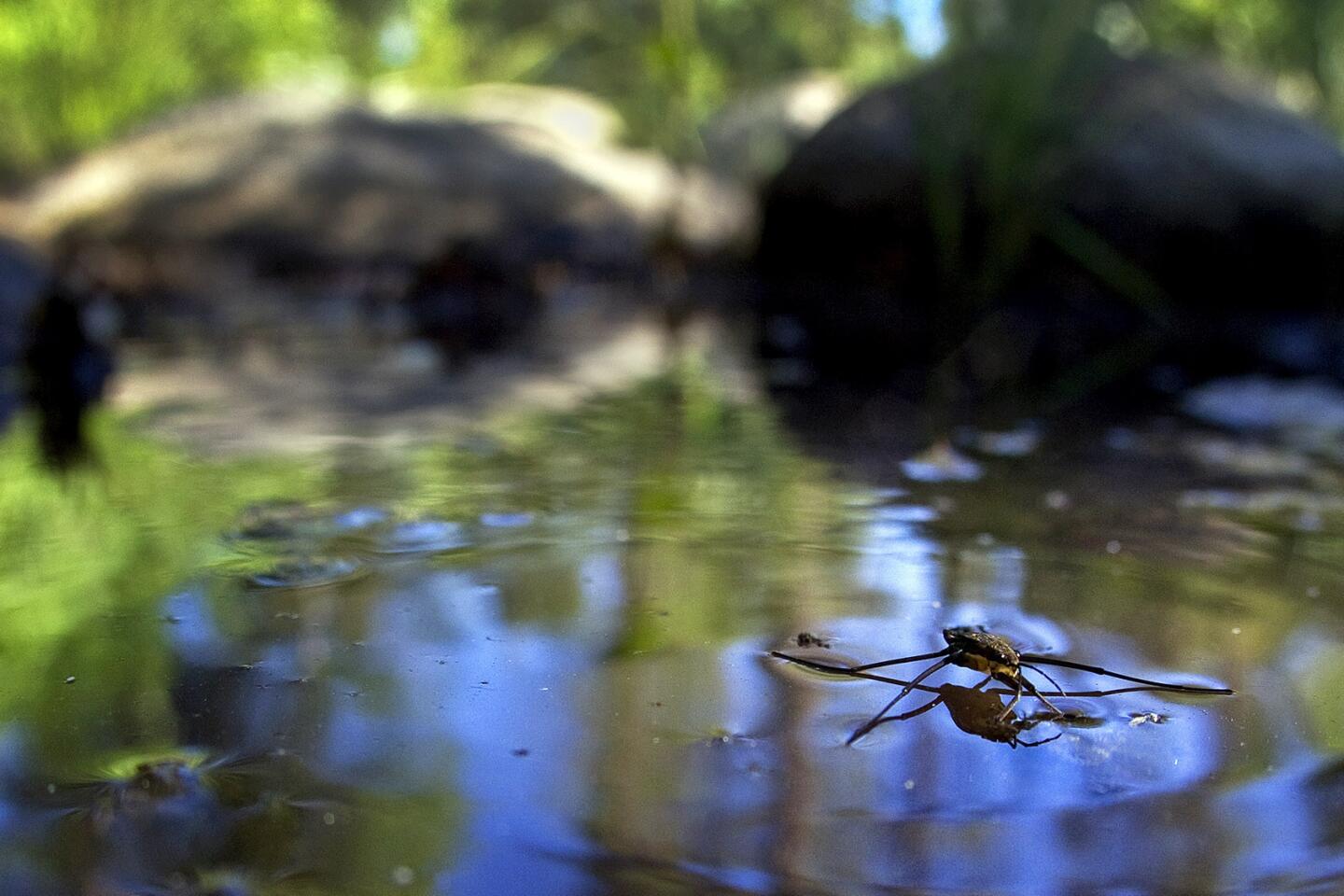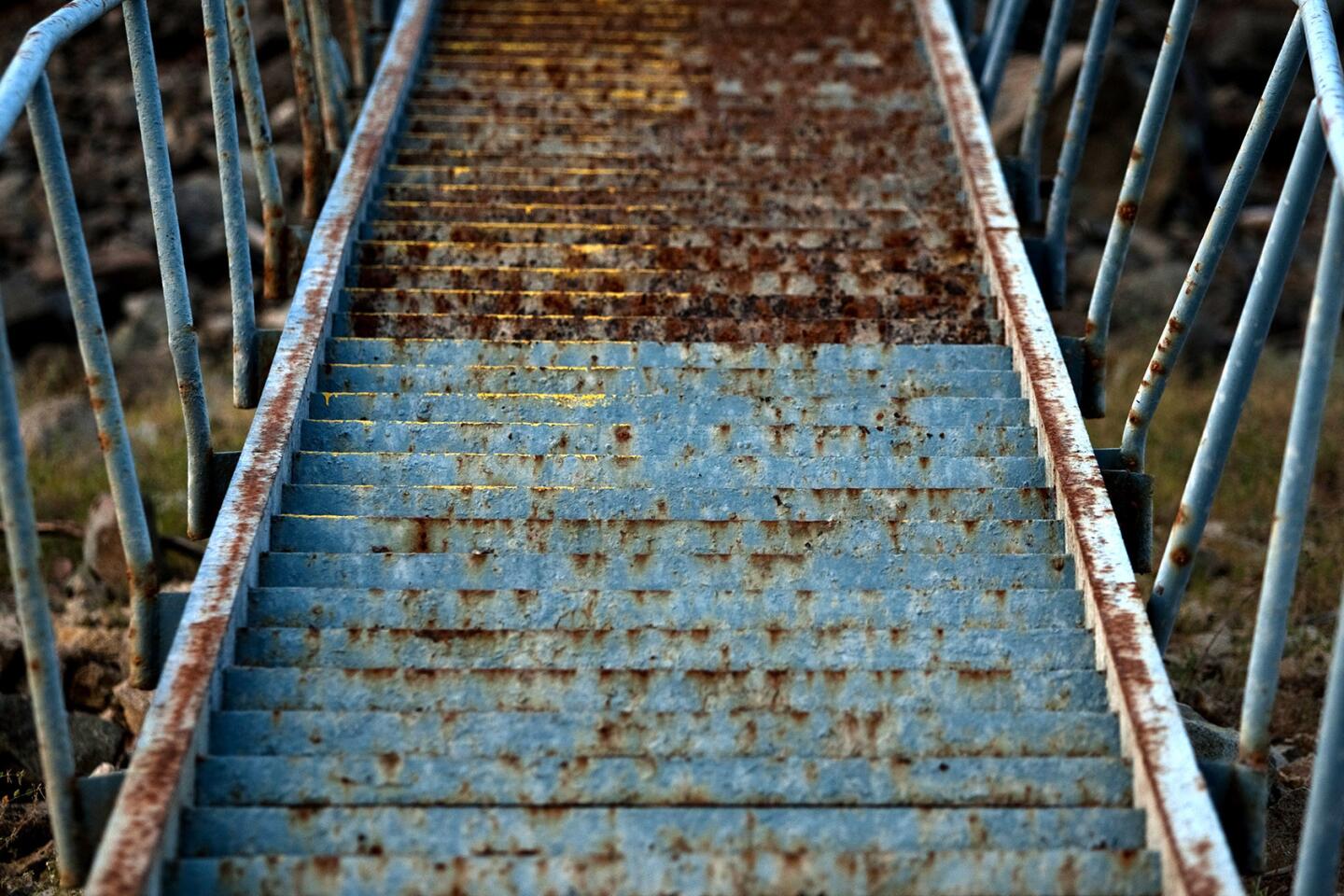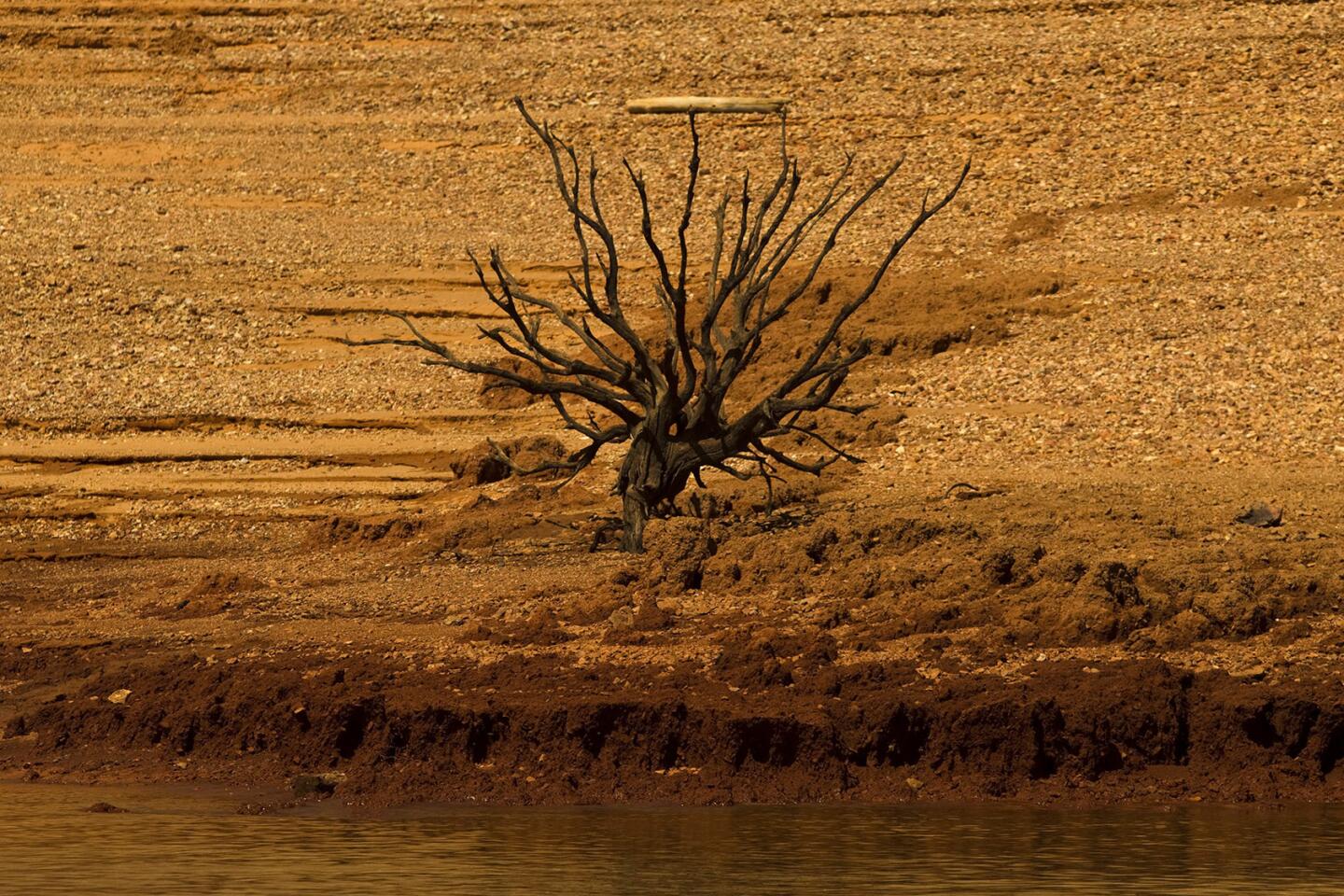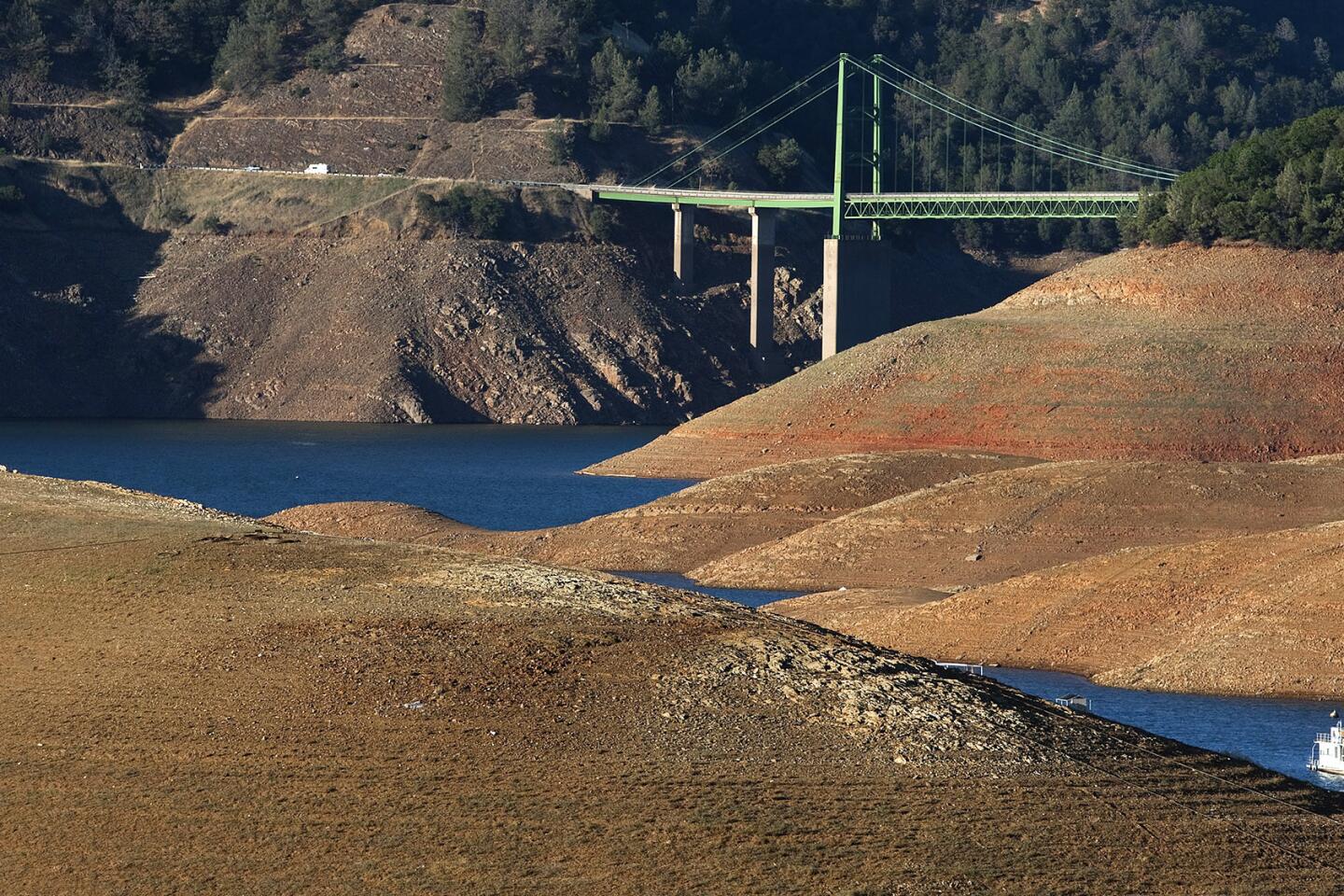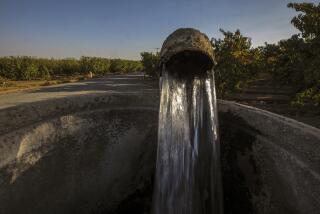California tightening water-use rules for urinals, faucets amid drought
- Share via
Reporting from Sacramento — Last week, Gov. Jerry Brown stood in a bone-dry meadow to order historic water restrictions. On Wednesday, state officials took the drought battle into Californians’ kitchens and bathrooms, approving the nation’s most efficient standards for water appliances.
The new regulations, which limit water flow for all new toilets, urinals and faucets, are expected to save more than 10 billion gallons of water in the first year, according to the California Energy Commission.
Although that represents a 2.2% reduction in the 443 billion gallons of water that Californians currently flush down the toilet or wash down the drain, the savings is expected to grow substantially over the next 25 years as existing appliances are replaced with newer, more efficient ones, officials say.
“By 2039, the savings will be over 105.6 billion gallons, or one out of four gallons,” said energy commission spokeswoman, Amber Pasricha Beck. “One of the things the governor has said is that we need to not just look at the drought this year, we need to prepare for the next one.”
Worsening drought conditions and lagging conservation across the state prompted Brown to order Californians to cut urban water use by 25%. Brown also laid out several other initiatives designed to make homes more water-efficient. They include replacing 50 million acres of lawns with drought-tolerant landscaping, a rebate program that would encourage the replacement of old household appliances with more water-efficient ones and requiring new homes to use drip irrigation systems. The governor also wants the state to help find new cutting-edge technologies that can save water.
The new rules, which are even more stringent than federal guidelines, will take effect Jan. 1. Bathroom faucets in homes will be limited to flows of 1.2 gallons per minute, and kitchen faucets will be allowed up to 1.8 gallons per minute. Currently the standard for both is 2.2 gallons per minute. Water use in urinals will fall from a half-gallon per flush to 0.125 of a gallon.
The new rules do not change standards for toilets. As of January 2014, new toilets were required to use no more than 1.28 gallons per flush.
Beck said the commission is developing a rebate program to encourage residents to replace old water appliances.
Tracy Quinn, water policy analyst with the Natural Resources Defense Council, called the new standards unprecedented and said they are the strictest in the country.
“This will contribute to tremendous water and energy savings for the state of California and for individual consumers,” Quinn said. “It’s really going to drive California to be a more drought-resilient state.”
About 33% of kitchen faucets on the market in California meet the new standards, and about 13% of lavatory faucets and 17% of urinals meet the standards, she said.
“California has historically been a trendsetter when it comes to adopting standards for energy-efficient products,” Quinn said. “We’re hoping that other states will follow suit with this as well.”
Whether other states follow California’s lead remains to be seen, but conservation experts said the efficiency gains in water use reduction pay a double dividend because they also cut the amount of energy required to transport, treat and collect water.
Shahzeen Attari, an assistant professor of human behavior and resource use at the School of Public and Environmental Affairs at Indiana University, said the approval of stricter efficiency standards was an amazing feat.
“When it comes to human psychology and conservation, people tend to focus on curtailing their behavior, and not so much on improving efficiency,” Attari said. “If a customer goes into a store and they see only the most efficient appliances on the market, that makes the decision easier.”
Although it’s been estimated that 27% of water used in households is flushed down toilets, instituting highly efficient toilets has been difficult. And some toilets designed to use one gallon or less have not saved as much water as anticipated.
“One of the problems is that people worry one flush is not going to be enough,” Attari said. “So they flush multiple times.”
Follow @chrismegerian for more updates from Sacramento.
More to Read
Sign up for Essential California
The most important California stories and recommendations in your inbox every morning.
You may occasionally receive promotional content from the Los Angeles Times.
